Balitraveldiary.com – On the north side of Gianyar, there is an amazing archeological site. Among the terraced rice fields with the traditional subak irrigation system, there are 10 temples carved into the sandstone cliff walls.
The historic site named Tebing Gunung Kawi Temple is included in the Banjar Penaka area, Tampaksiring Village, Tampaksiring District, Gianyar.
Gunung Kawi Cliff Temple is estimated to have been built since the middle of the 11th century AD, during the Udayana dynasty (Warmadewa). The construction of this temple is estimated to have begun during the reign of King Sri Haji Paduka Dharmawangsa Marakata Pangkaja Stanattunggadewa (944-948 Saka / 1025-1049 AD) and ended in the reign of Raja Anak Wungsu (971-999 Saka / 1049-1080 AD).

In the Tengkulak Inscription which dates to 945 Saka (1023 AD), there is information on the banks of the Pakerisan River that there is a hermitage complex (kantyangan) named Amarawati. Archaeologists argue, Amarawati refers to the area where Gunung Kawi Cliff Temple is located.
In layout, the ten temples are spread over three points. Five of them are on the east side of the Tukad Pakerisan River, while the rest are scattered at two points on the west side of the river. Five temples on the east side of the river are considered as the main part of the Tebing Gunung Kawi Temple complex.
To the north of the west side of the Tukad Pakerisan River, there are four temples lined up from north to south and facing the river. Meanwhile, one other temple is on the south side, approximately 200 meters from the four temples.
Historically, King Udayana and empress Gunapriya Dharmapatni had three children, namely Airlangga, Marakata, and Wungsu’s Children. The eldest, Airlangga, was later appointed as Raja Kediri replacing his grandfather, MPU Sendok.
When Udayana died, the throne was handed over to Marakata – which was then passed on to the Wungsu Child. The Tebing Gunung Kawi Temple Complex was originally built by Raja Marakata as a place of worship for the spirit of his father, Raja Udayana.
Among the ten temples in this area, it is estimated that the first building to be built is the temple which is the northernmost position of a series of five temples east of the river. This is based on the inscription “Hajj Lumah Ing Jalu” with the presence of a quadratic at the top of the temple gate.
This writing means ‘the king is buried in Jalu (Sungai Tukad Pakerisan)’ which indicates that this temple was built as a place of worship of the spirit of King Udayana. The other four temples in this series were allegedly built for the empress and the children of King Udayana.
Meanwhile, the four temples on the west side, according to archaeologist Dr. R. Goris, possibly a temple (padharman) dedicated to the four concubines of Raja Udayana. Meanwhile, another temple further to the south is thought to have been built for a high ranking official of the kingdom at the prime minister’s level or a king’s advisor.
From some historical references in that era, the existence of this temple can be attributed to the figure of Empu Kuturan. Empu Kuturan was the messenger of King Airlangga to his younger brother, Raja Anak Wungsu. Later on, Empu Kuturan was appointed as the king’s main adviser and had an important role in the development of the Kingdom of Bedahulu.
The entire temple complex functions as a temple, a means of worship of the royal family by King Anak Wungsu. Interestingly, around this Hindu temple, there are a number of niches identified by archeologists as a place of meditation for Buddhists / monasteries.
These niches are carved into the cliff wall, just like the Hindu temples in the vicinity. The existence of the Hindu temple complex which is adjacent to the Buddhist hermitage shows the Kingdom of Bedahulu when it had implemented tolerance and harmony in religious life.
Visit too:
Martabak medan, special food in North Sumatra
Hello Indonesia Martabak medan, special food in North Sumatra






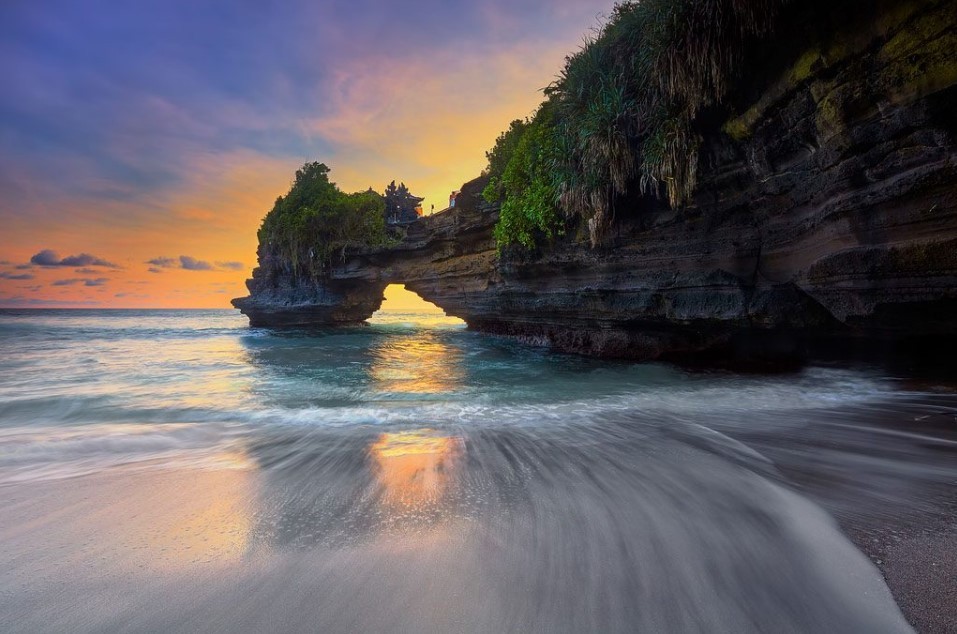


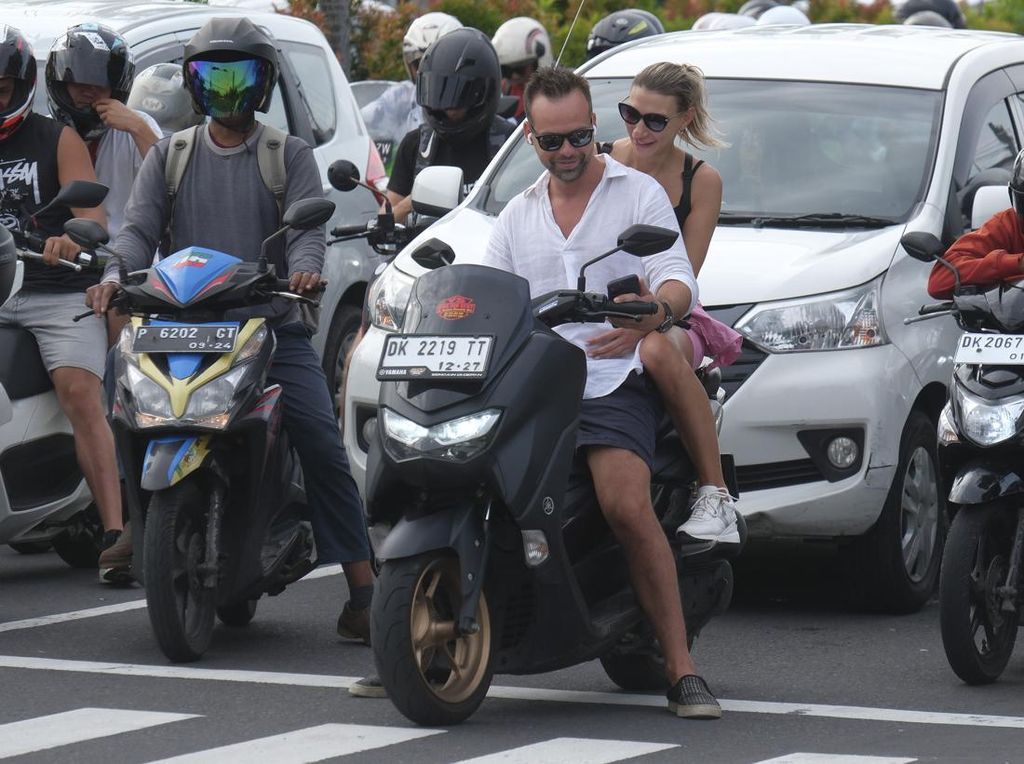





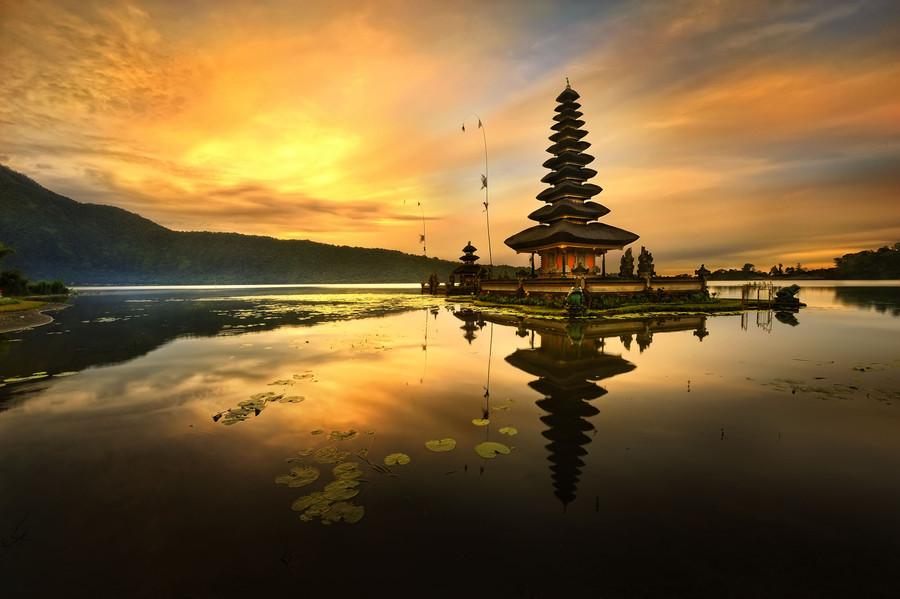

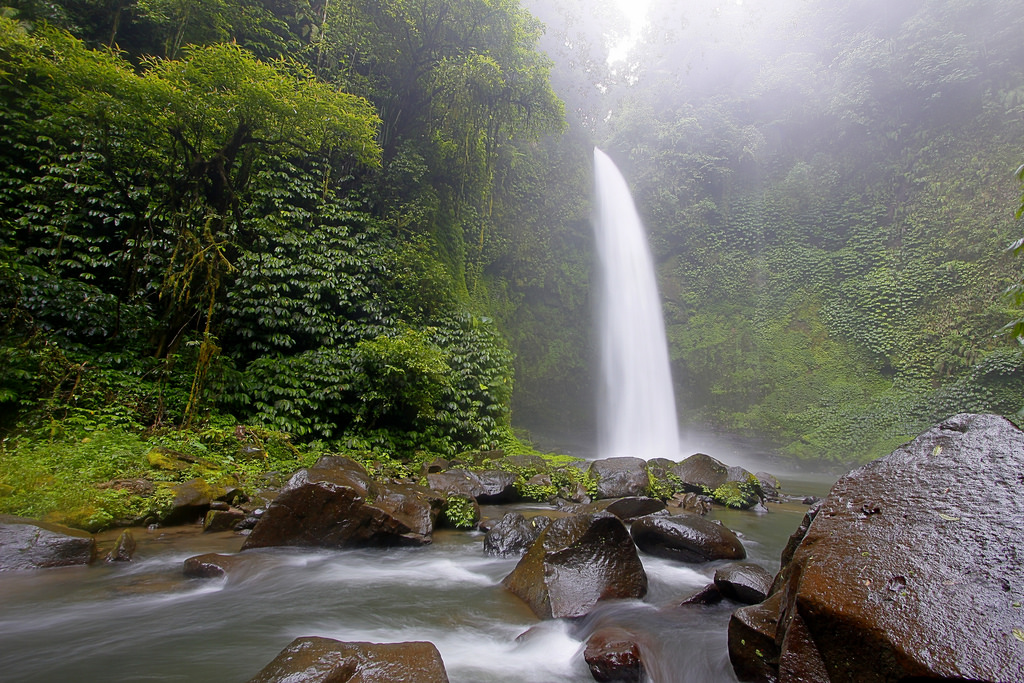

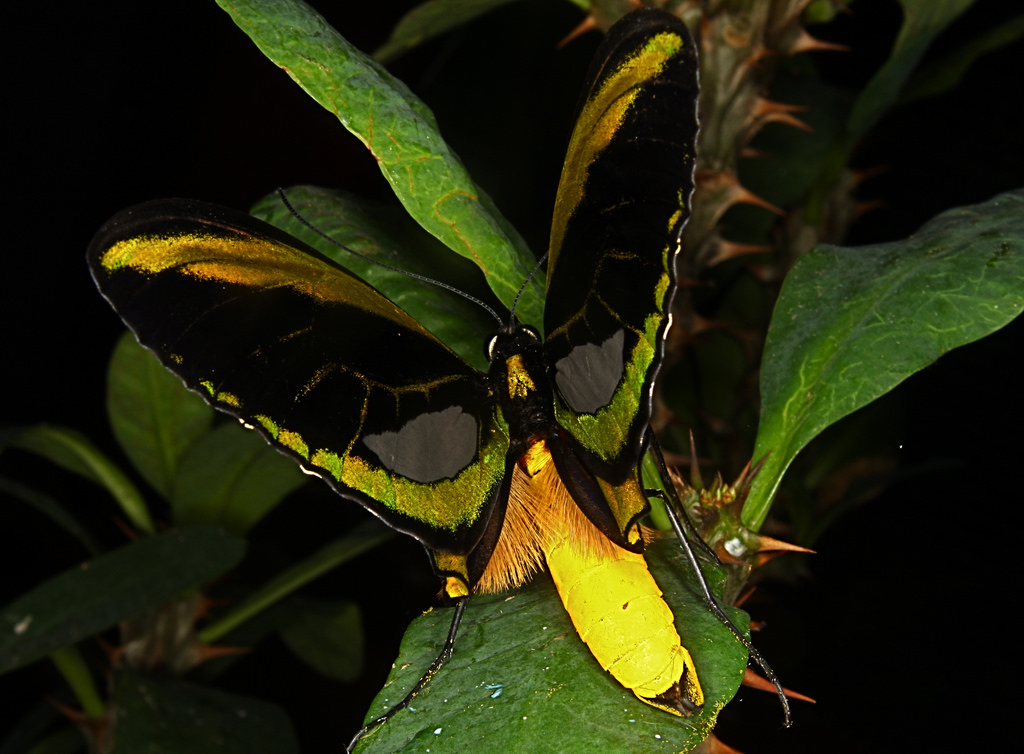
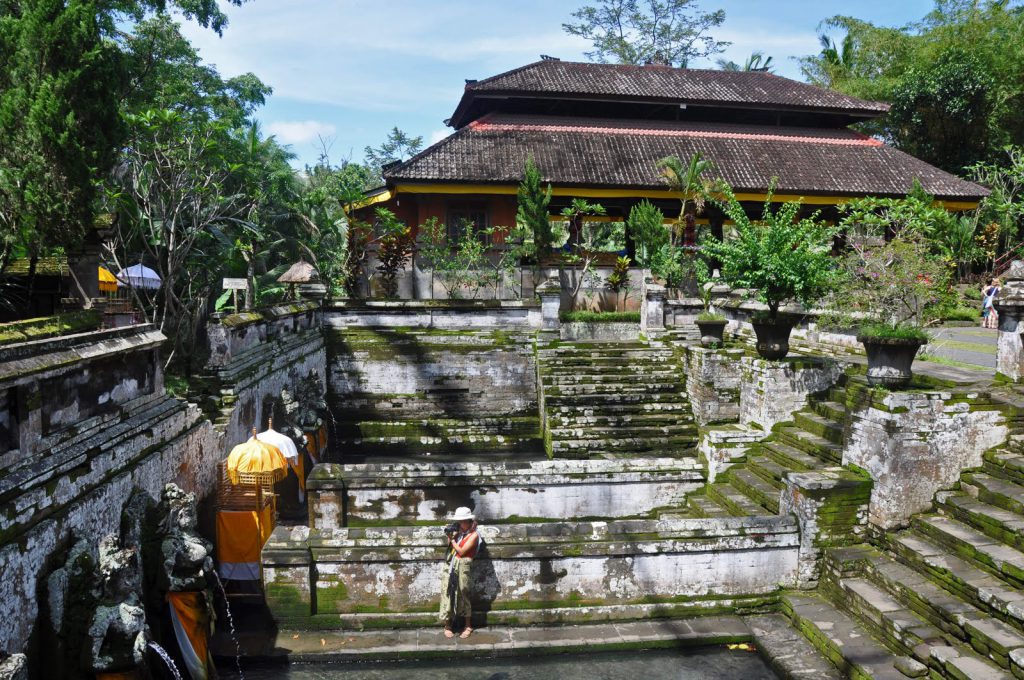
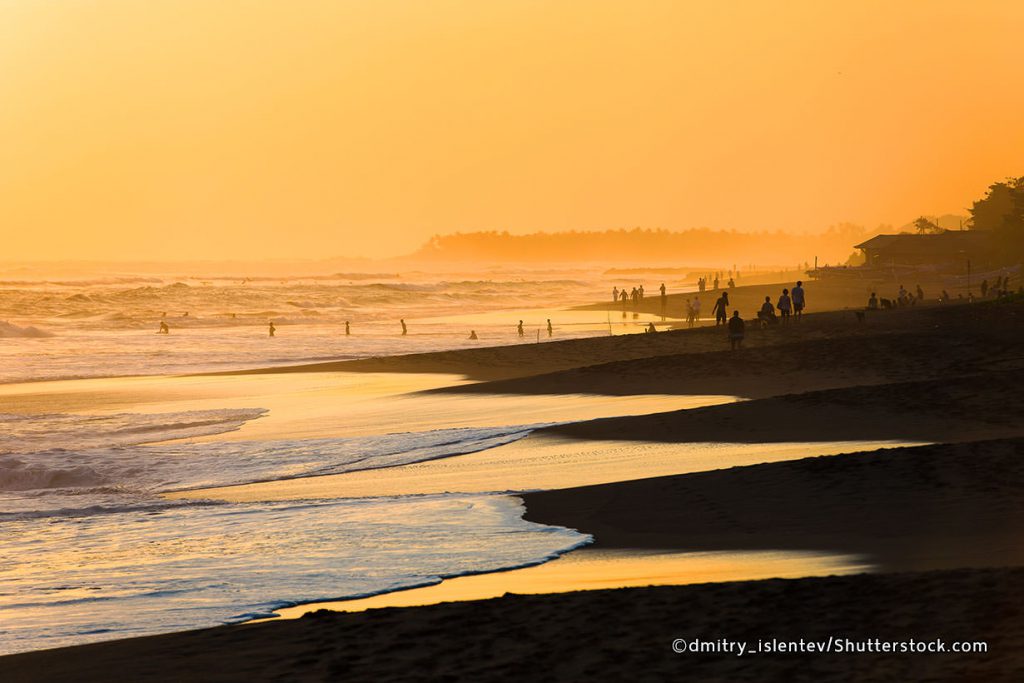
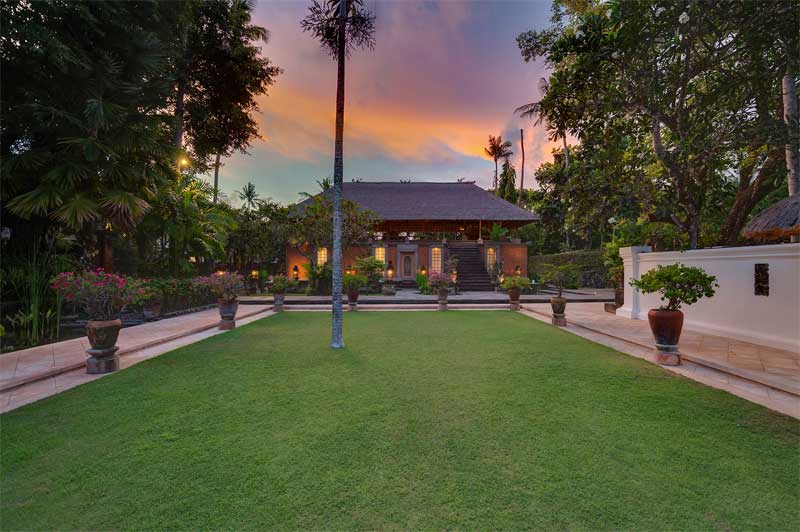
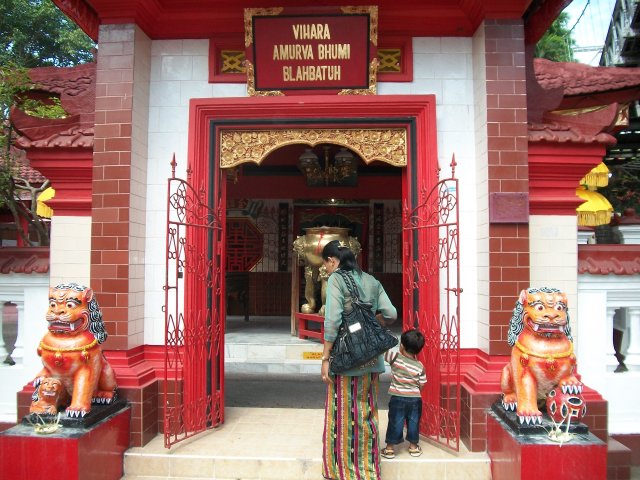















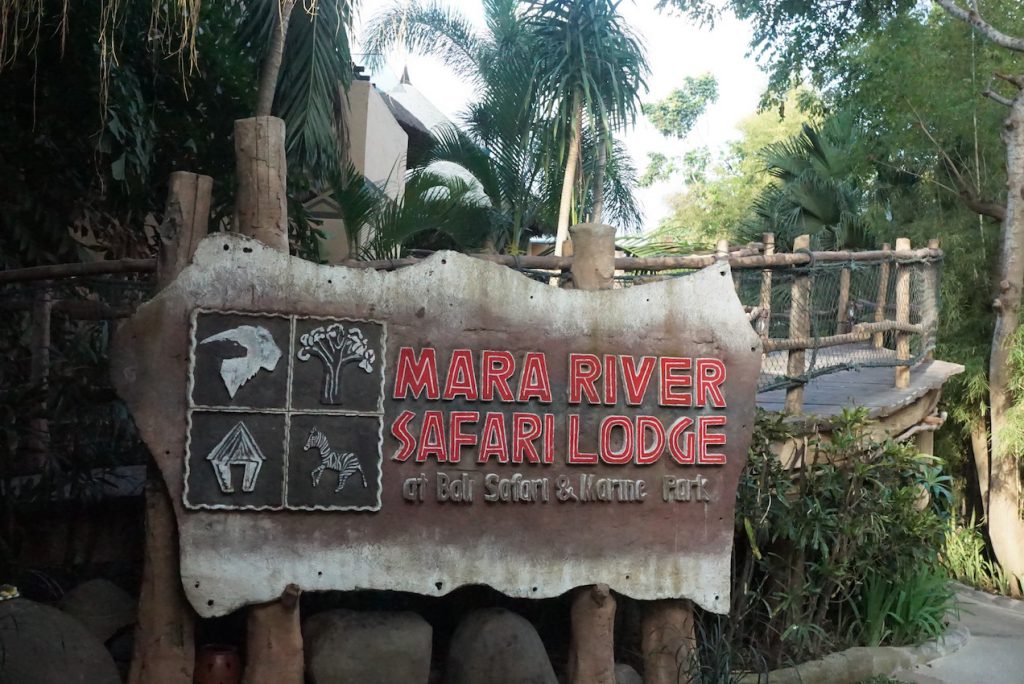
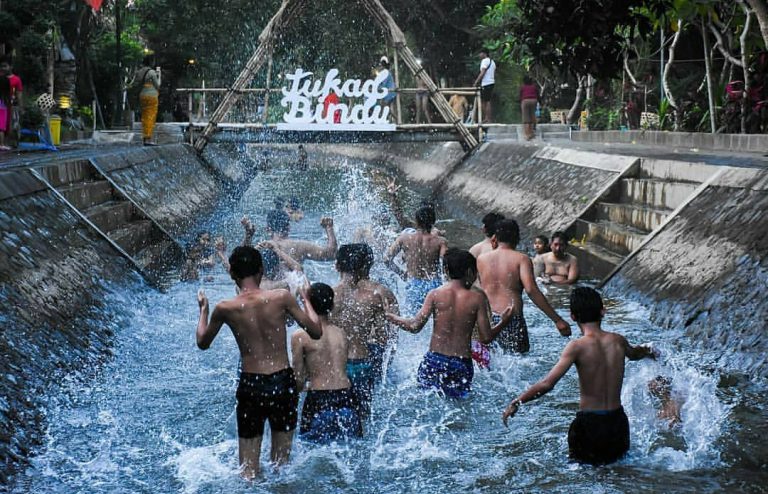


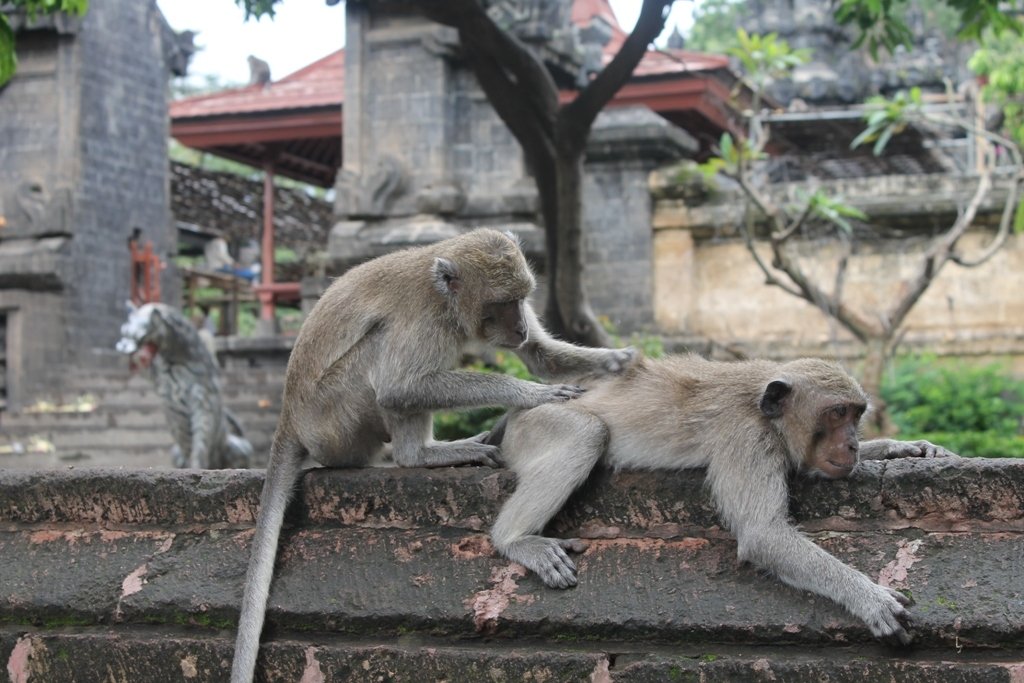




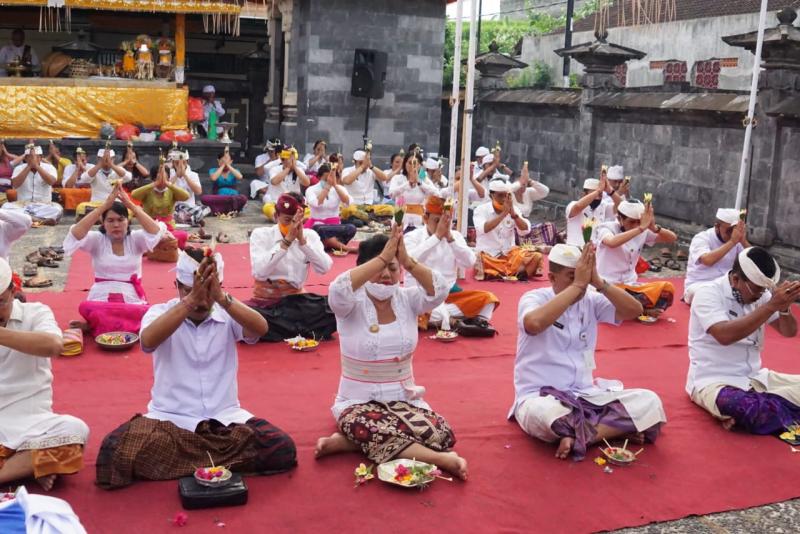

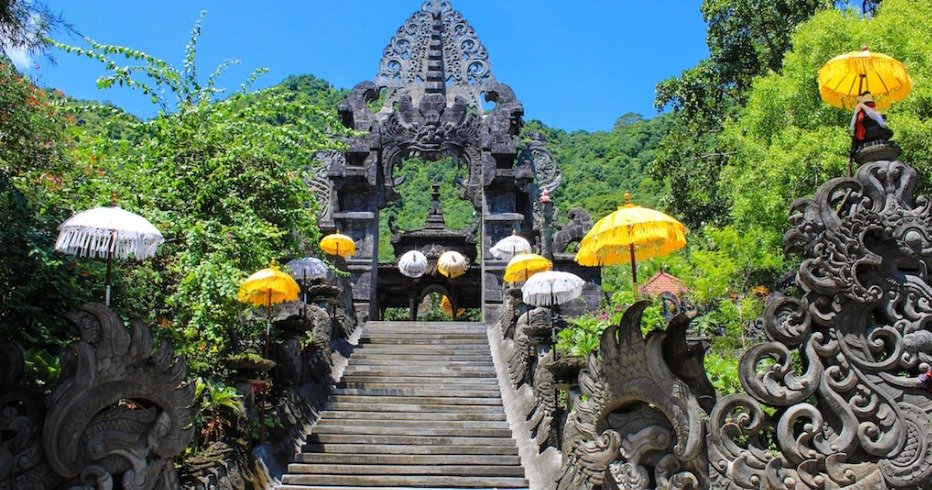

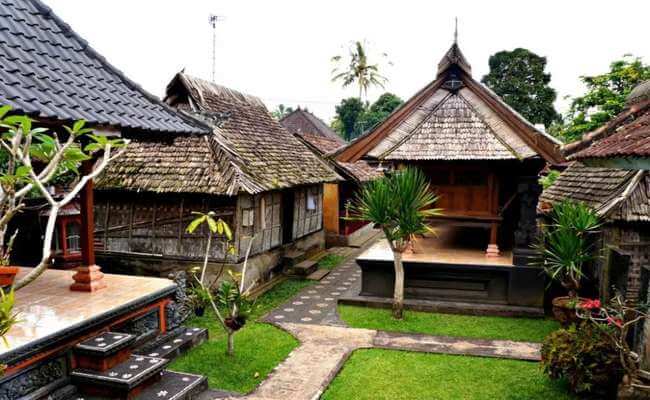


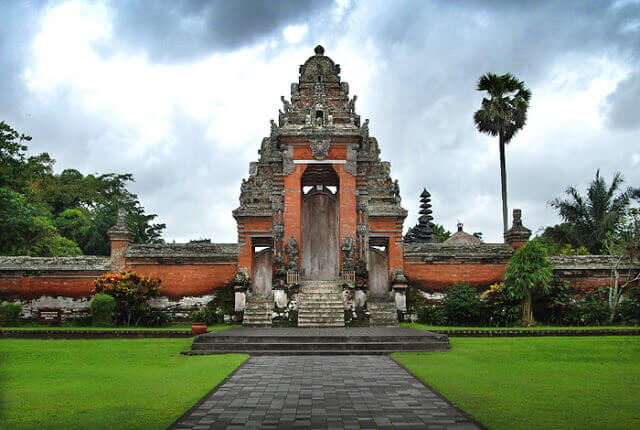




















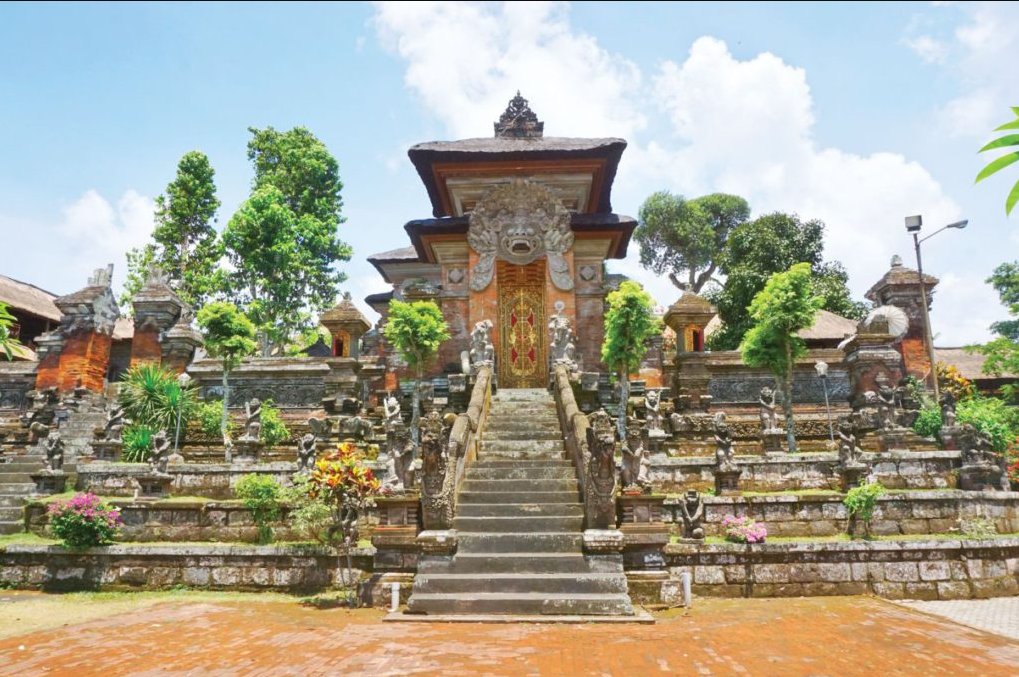


















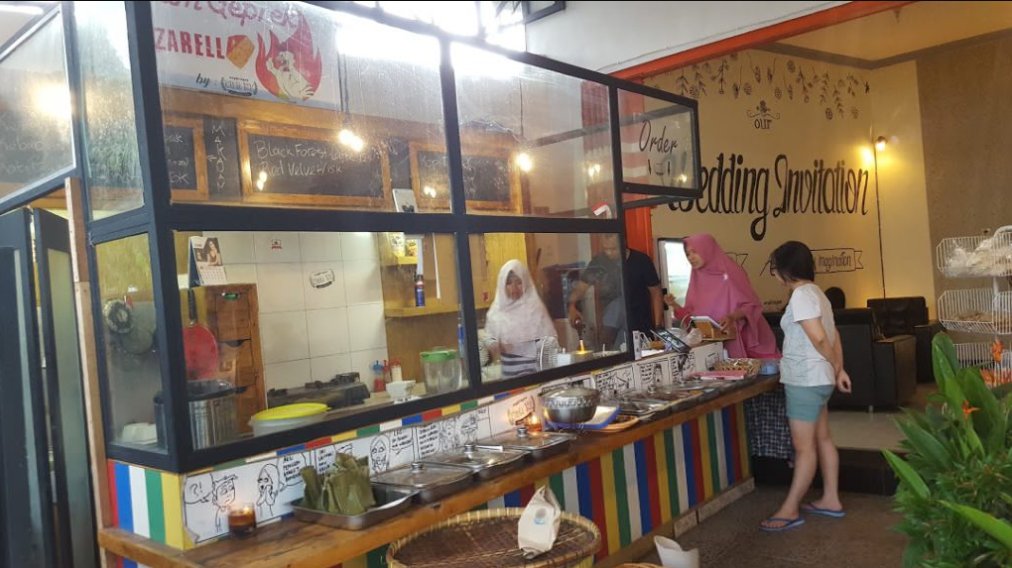


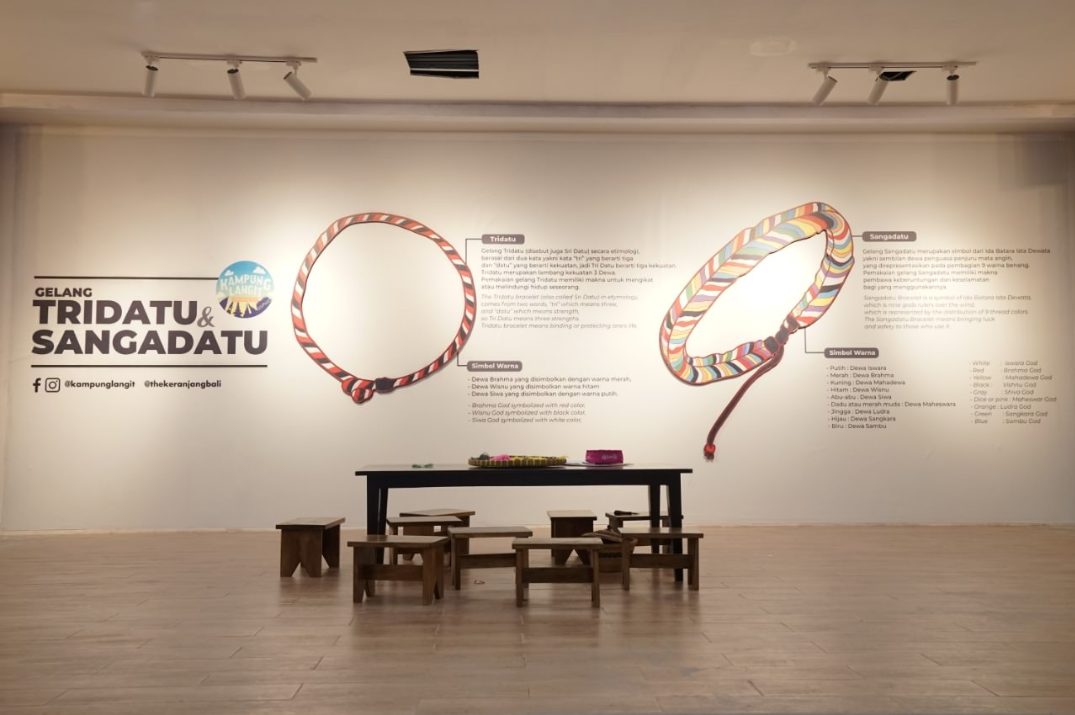













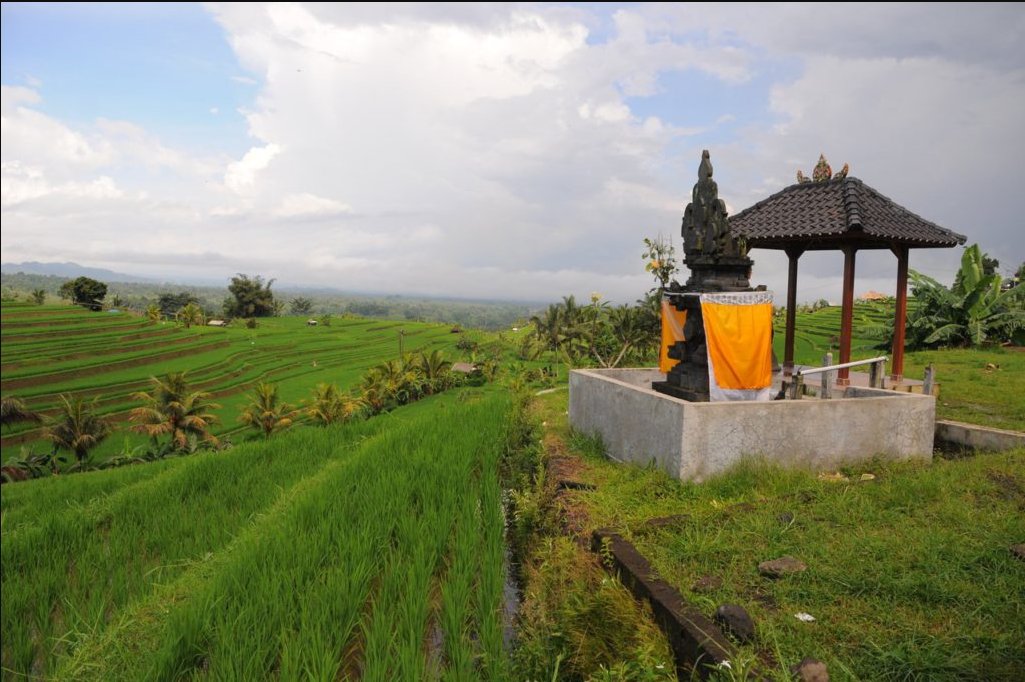
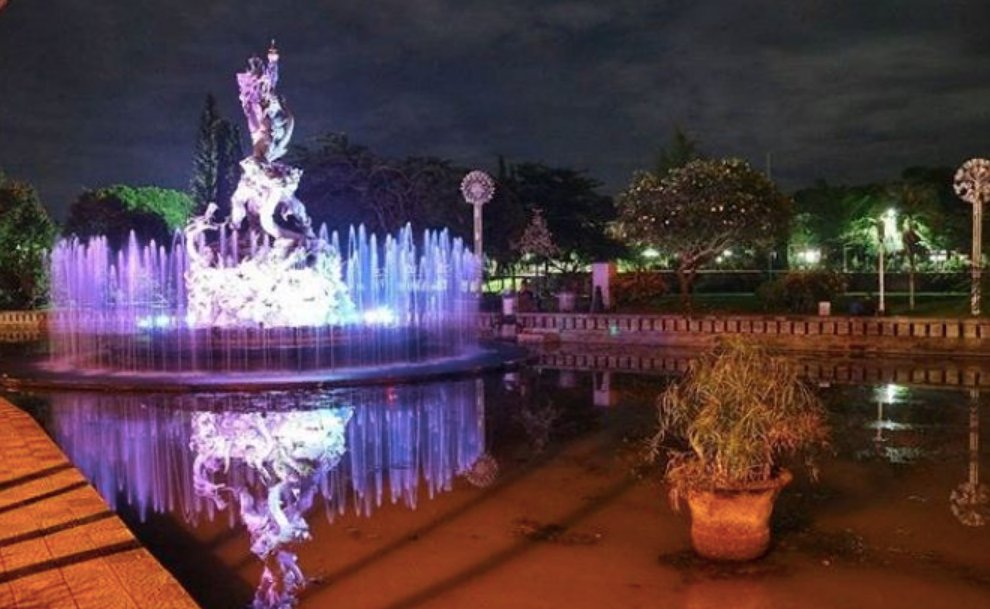




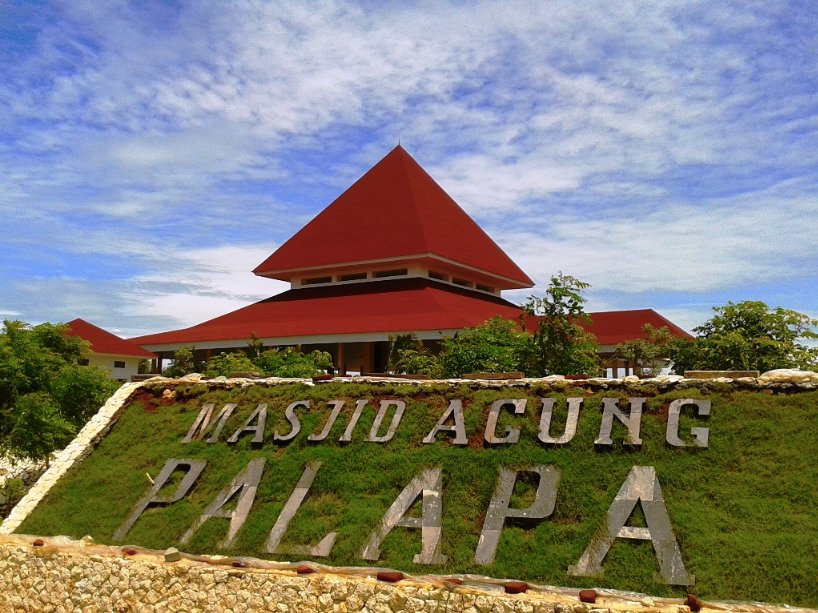
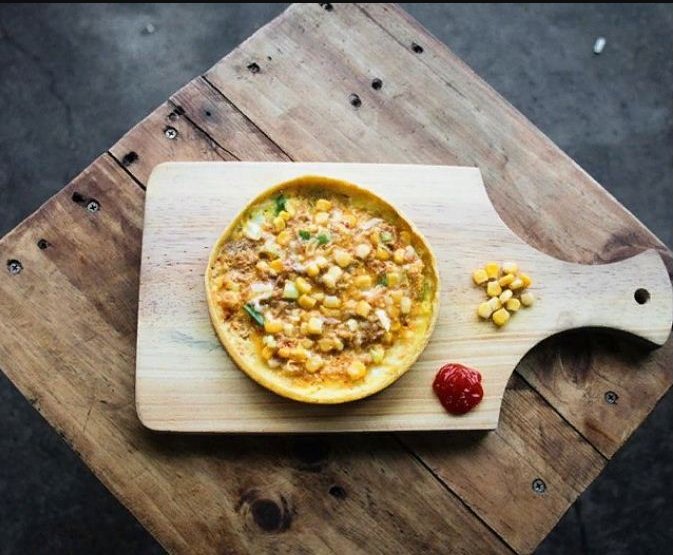



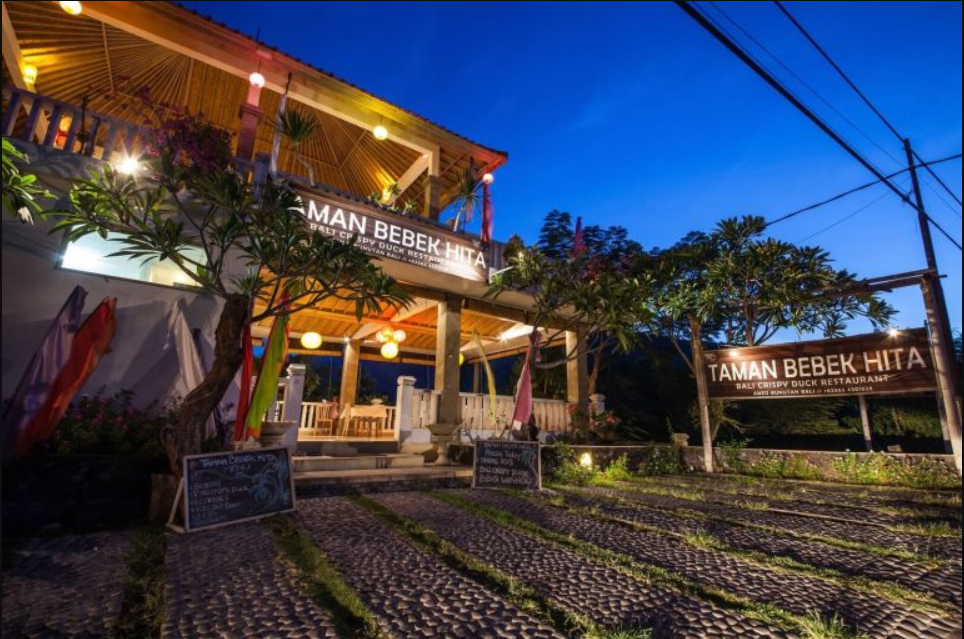




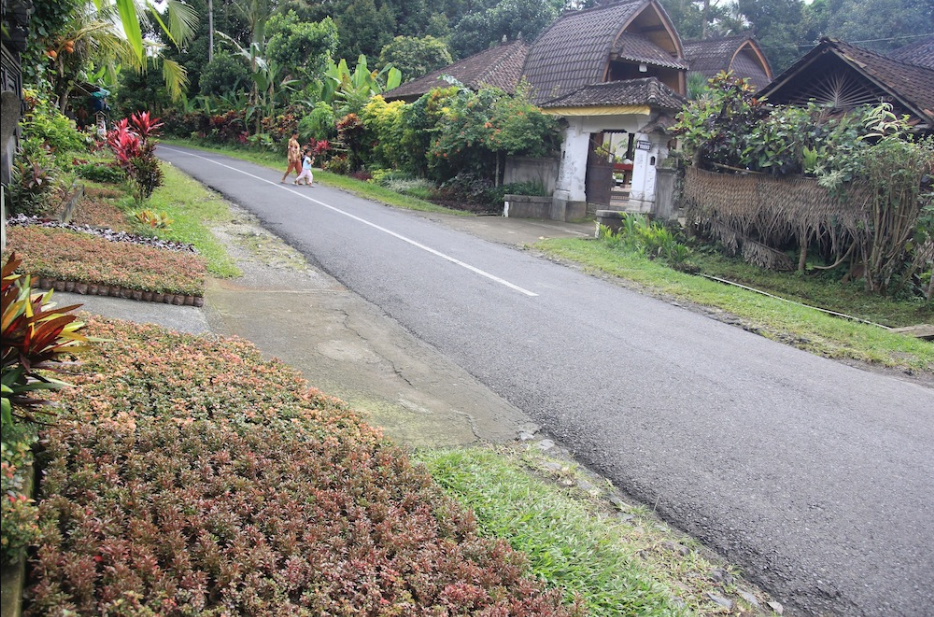







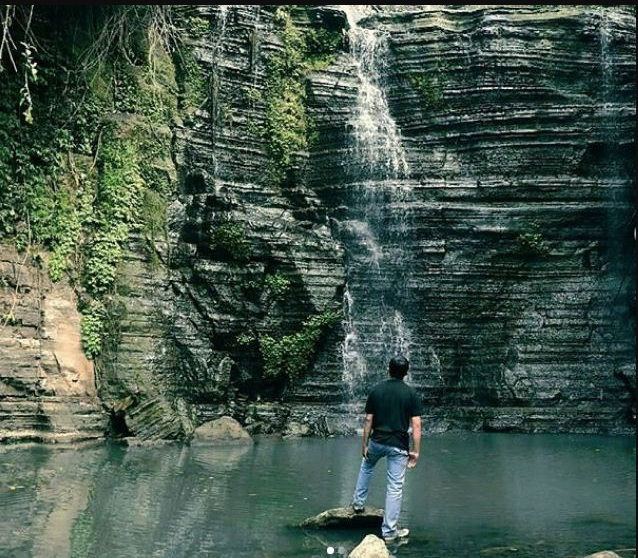







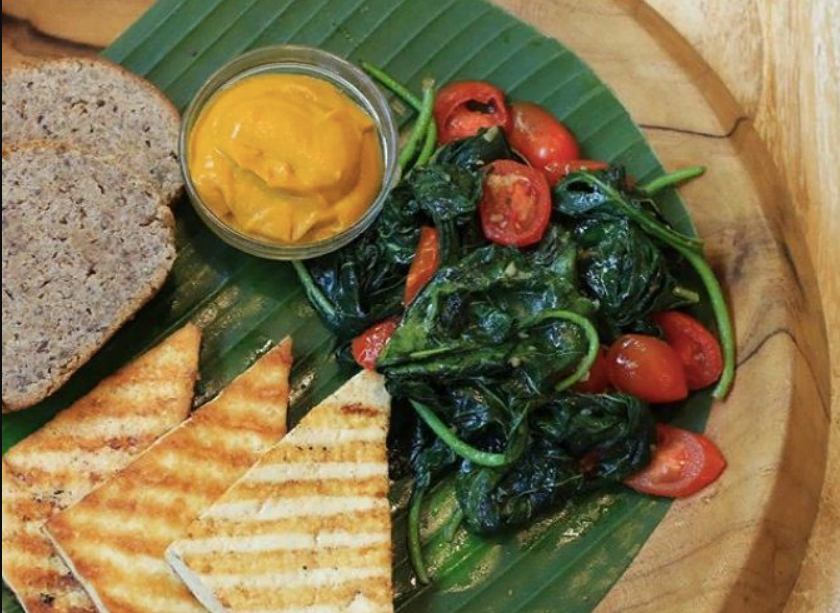




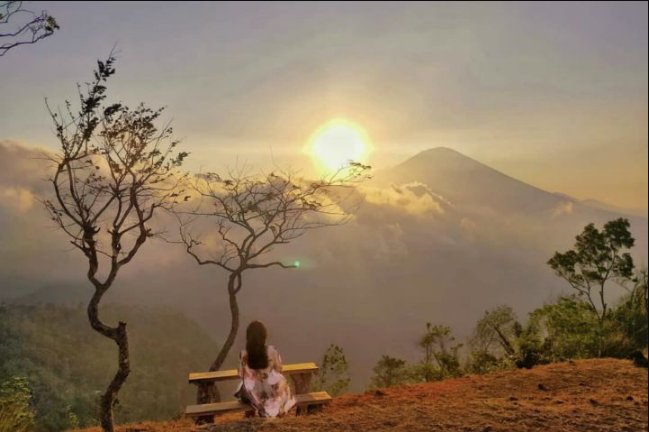




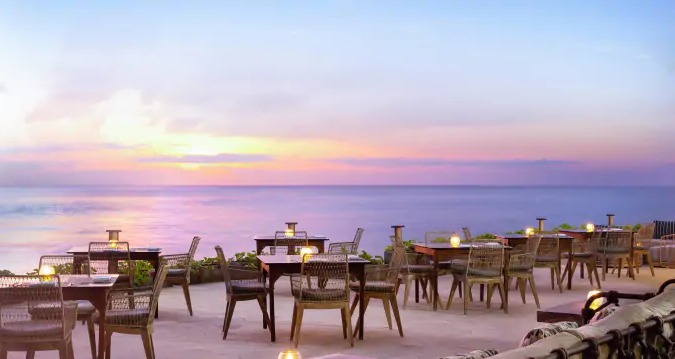




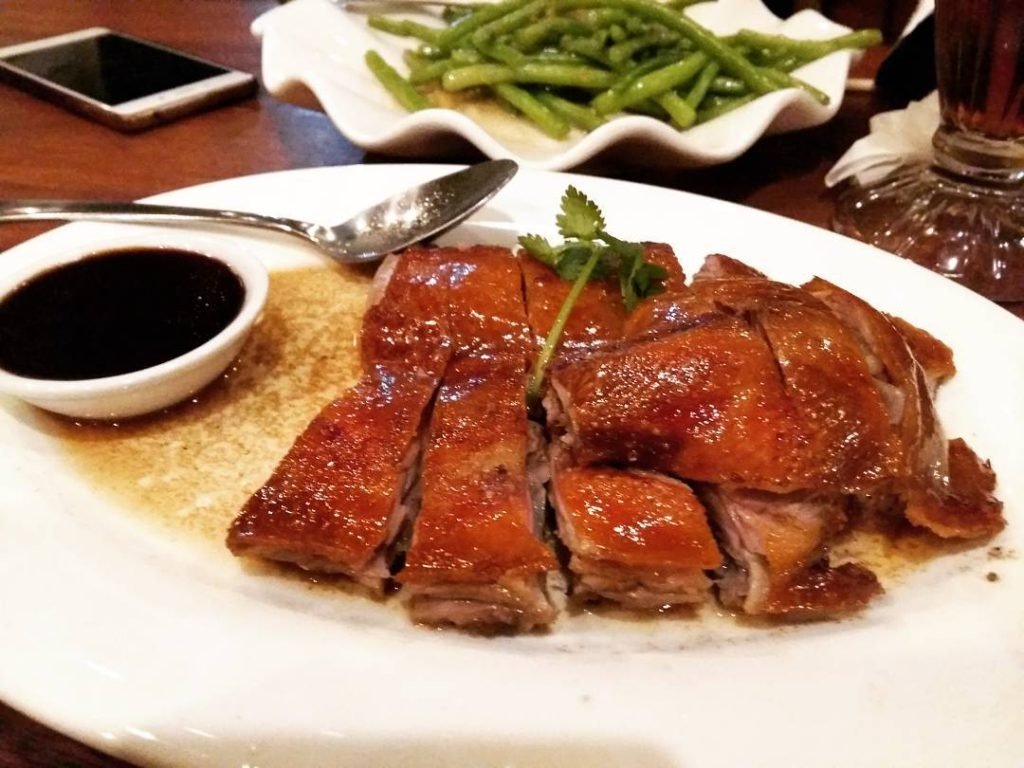


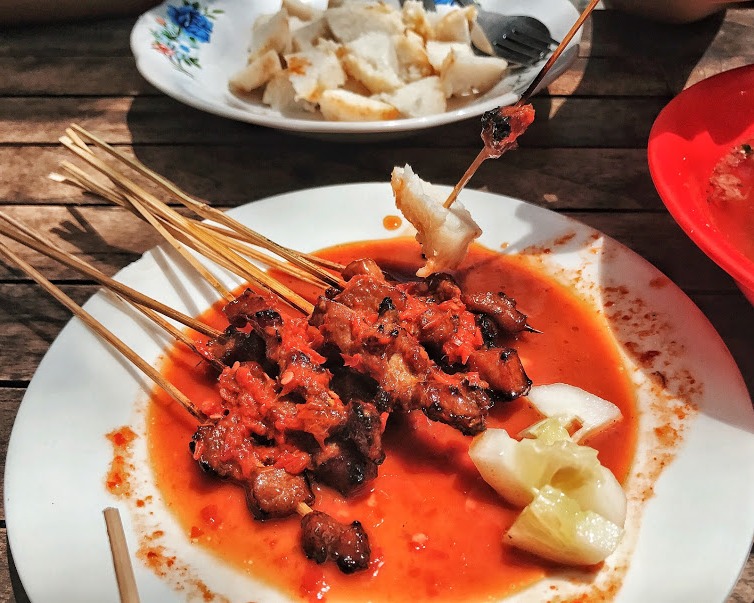

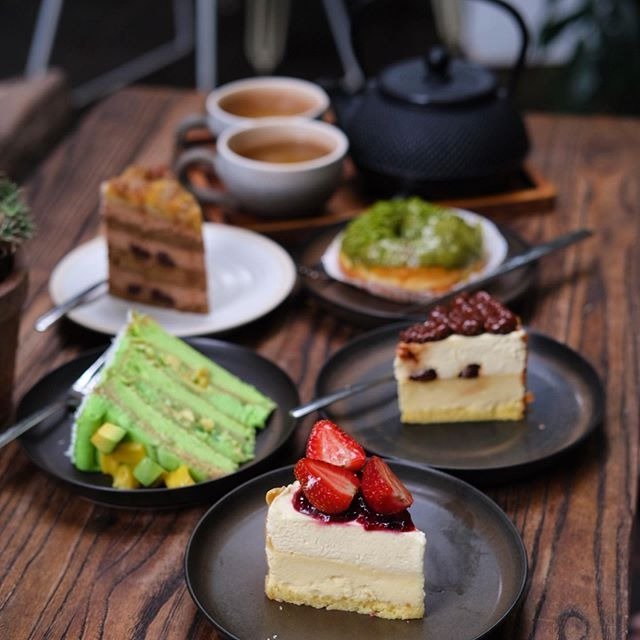





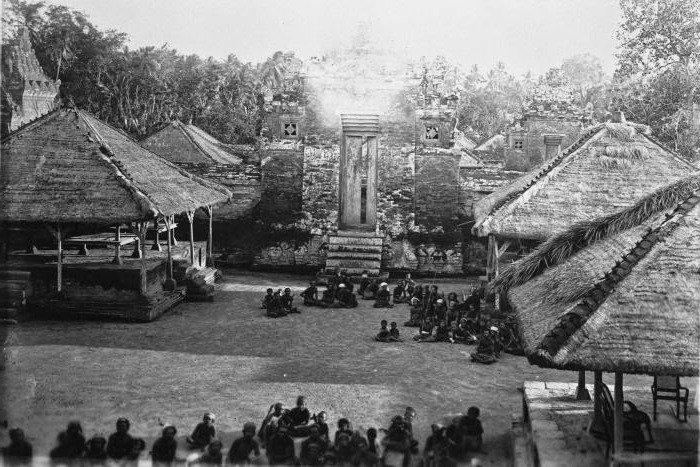







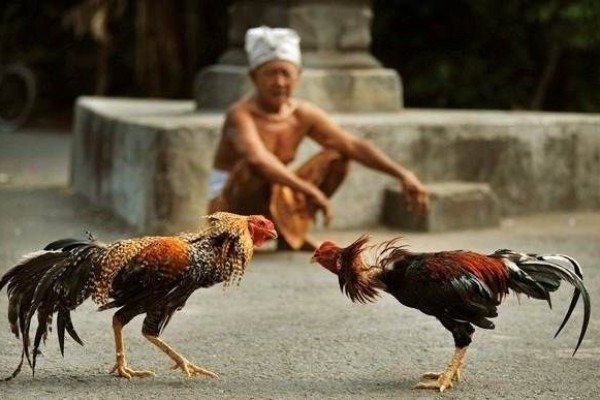
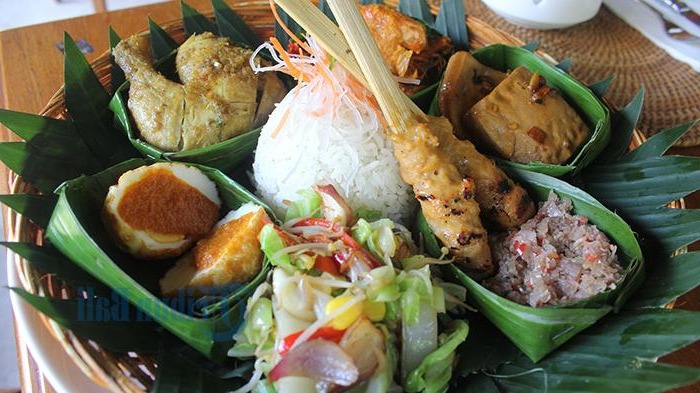





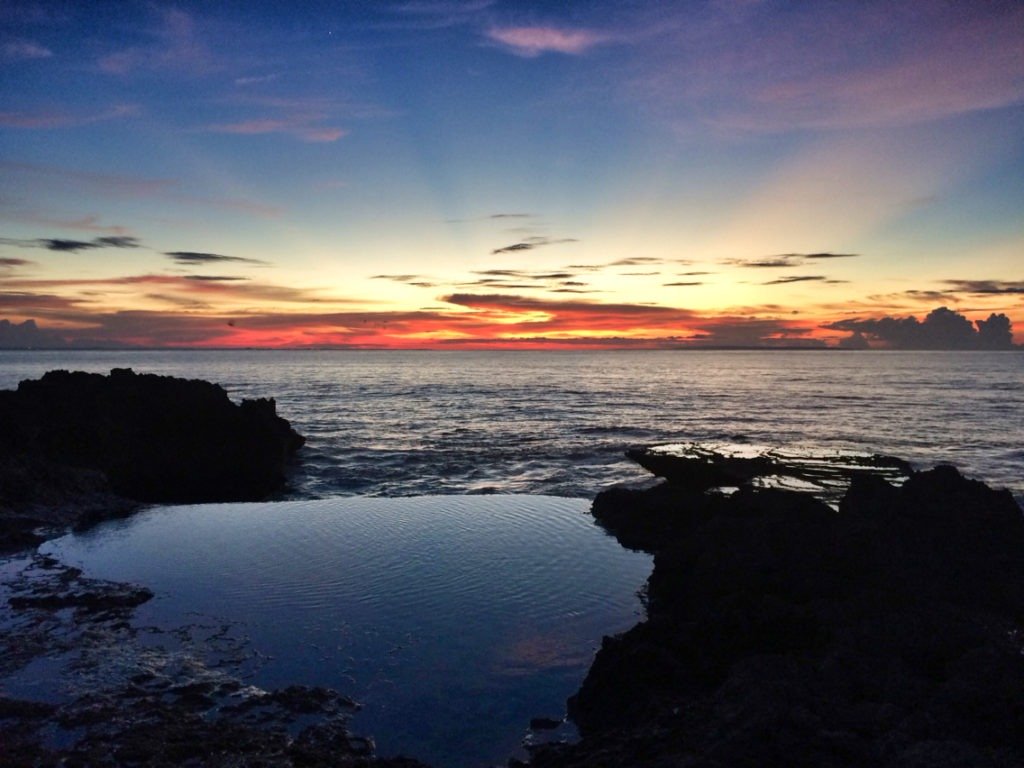



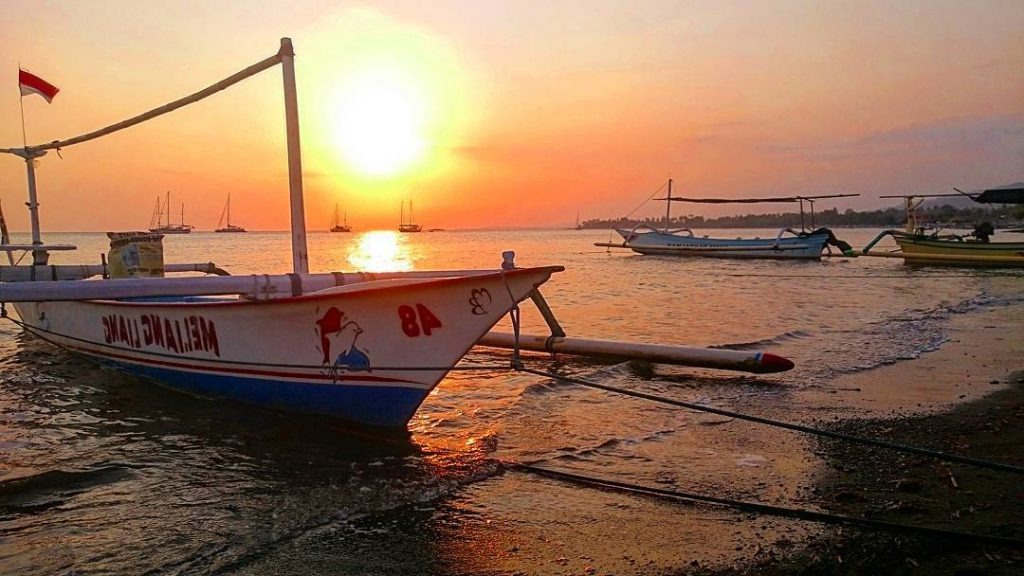

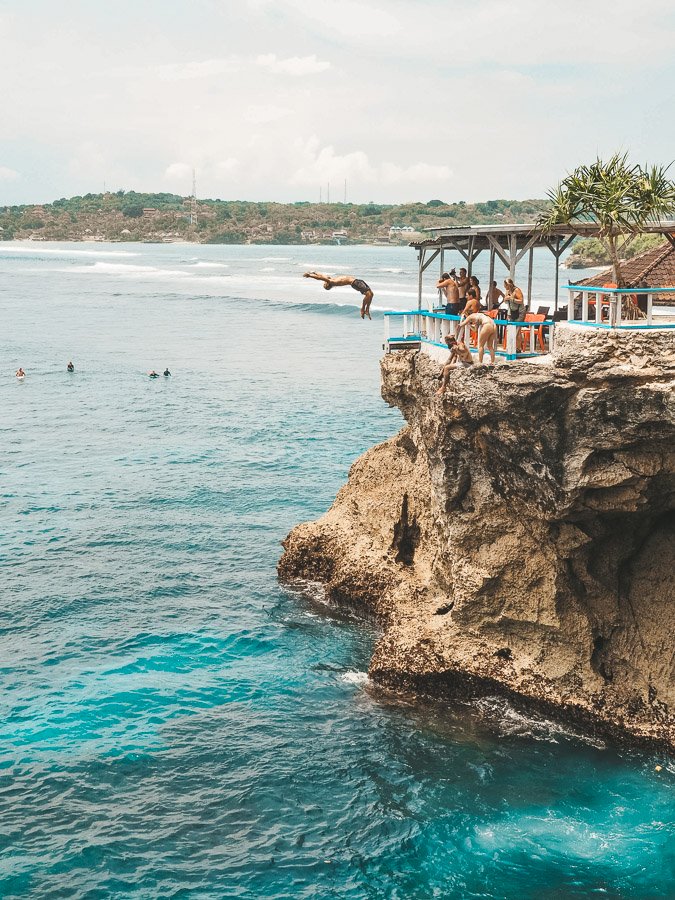
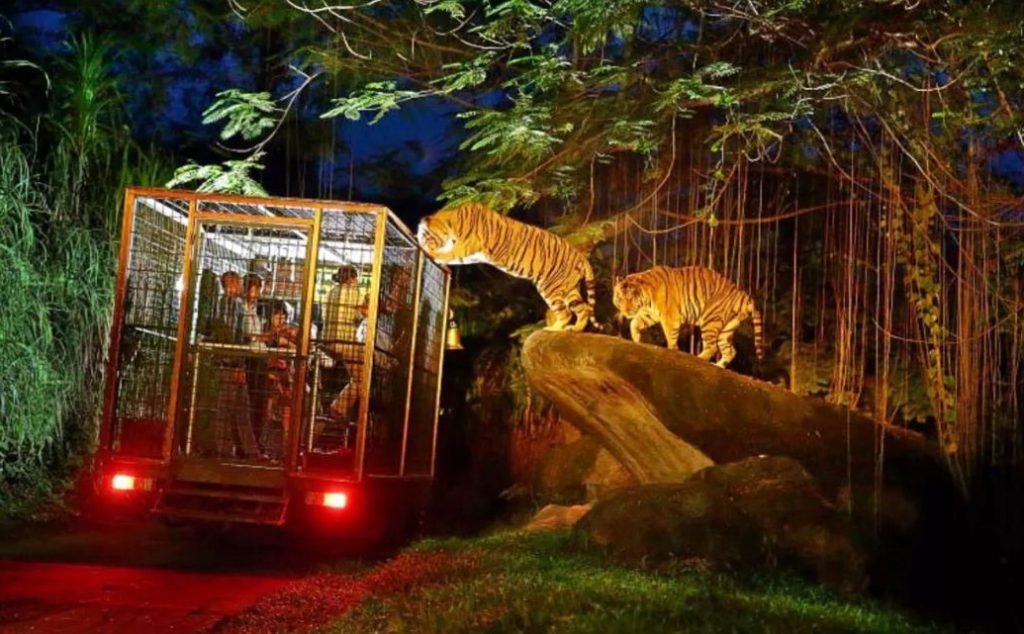


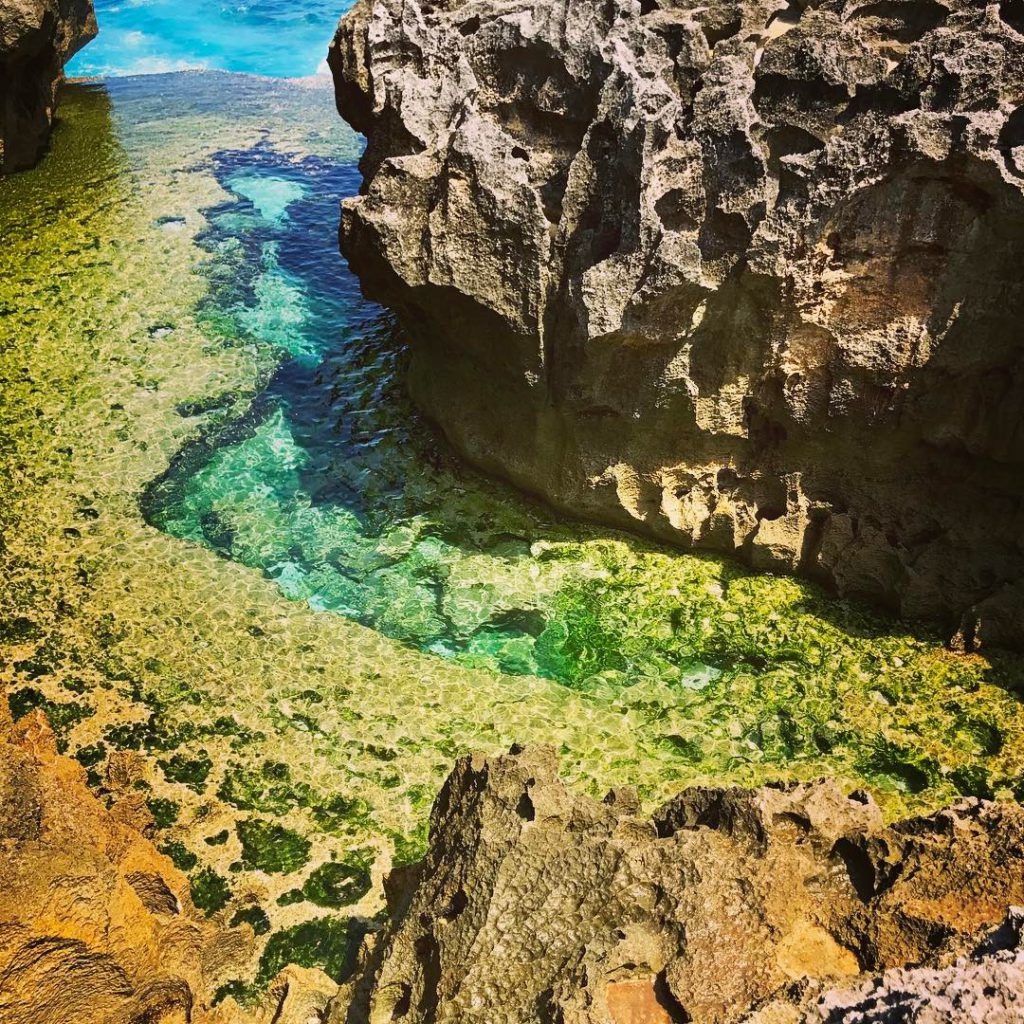

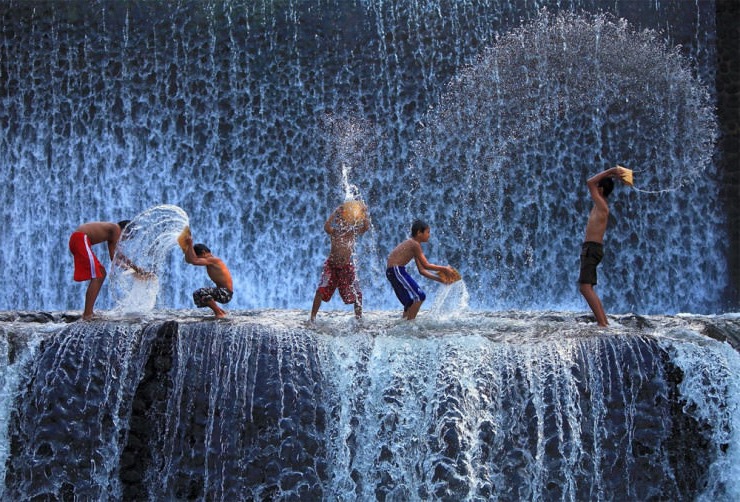












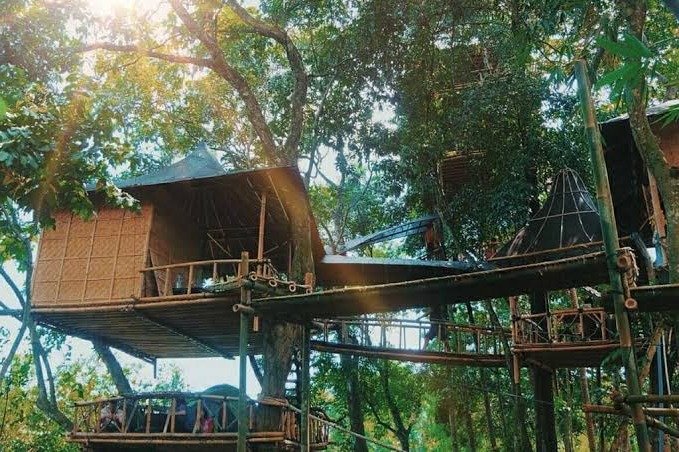










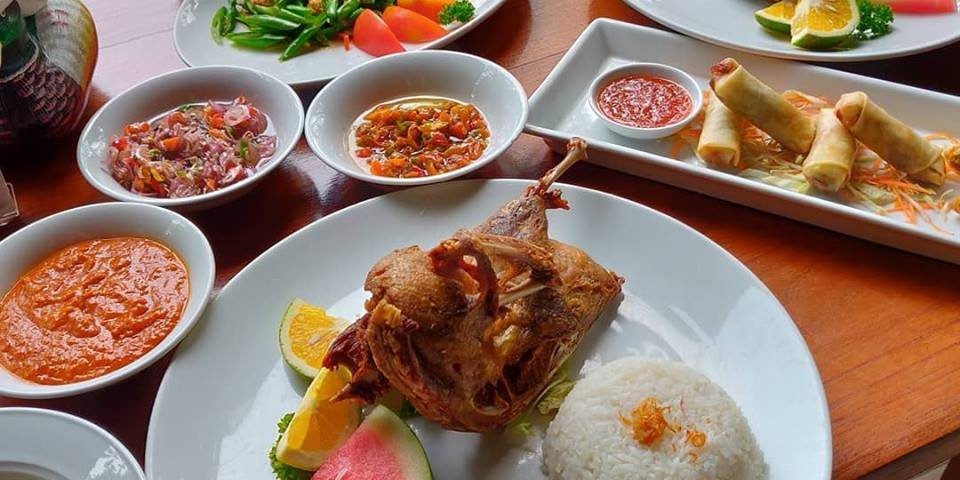
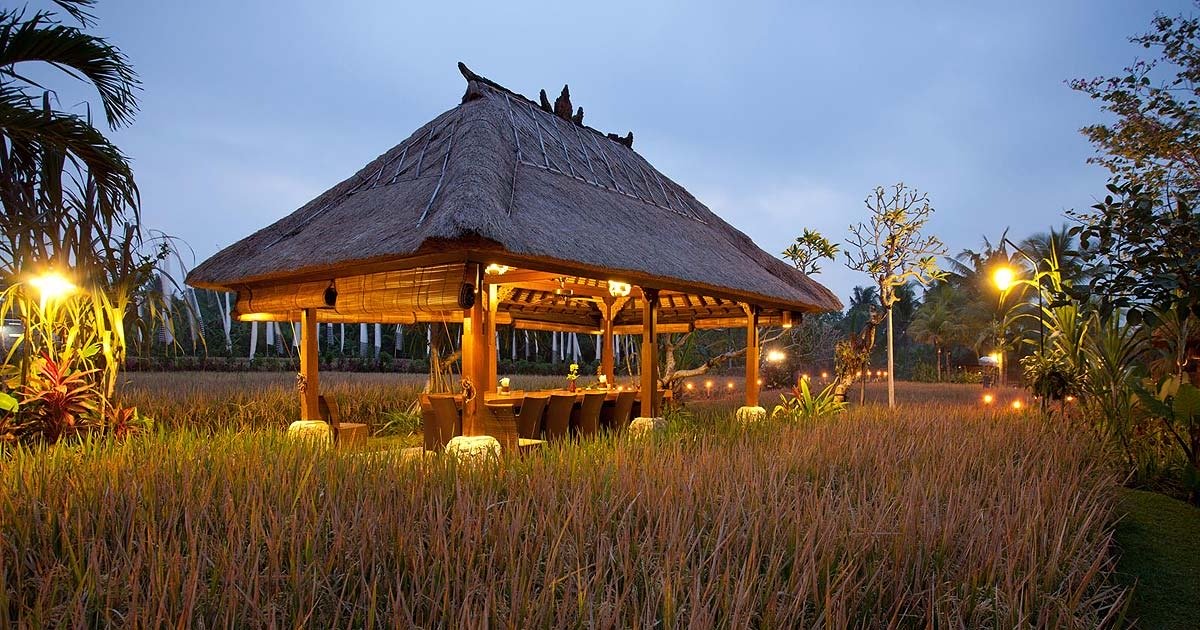

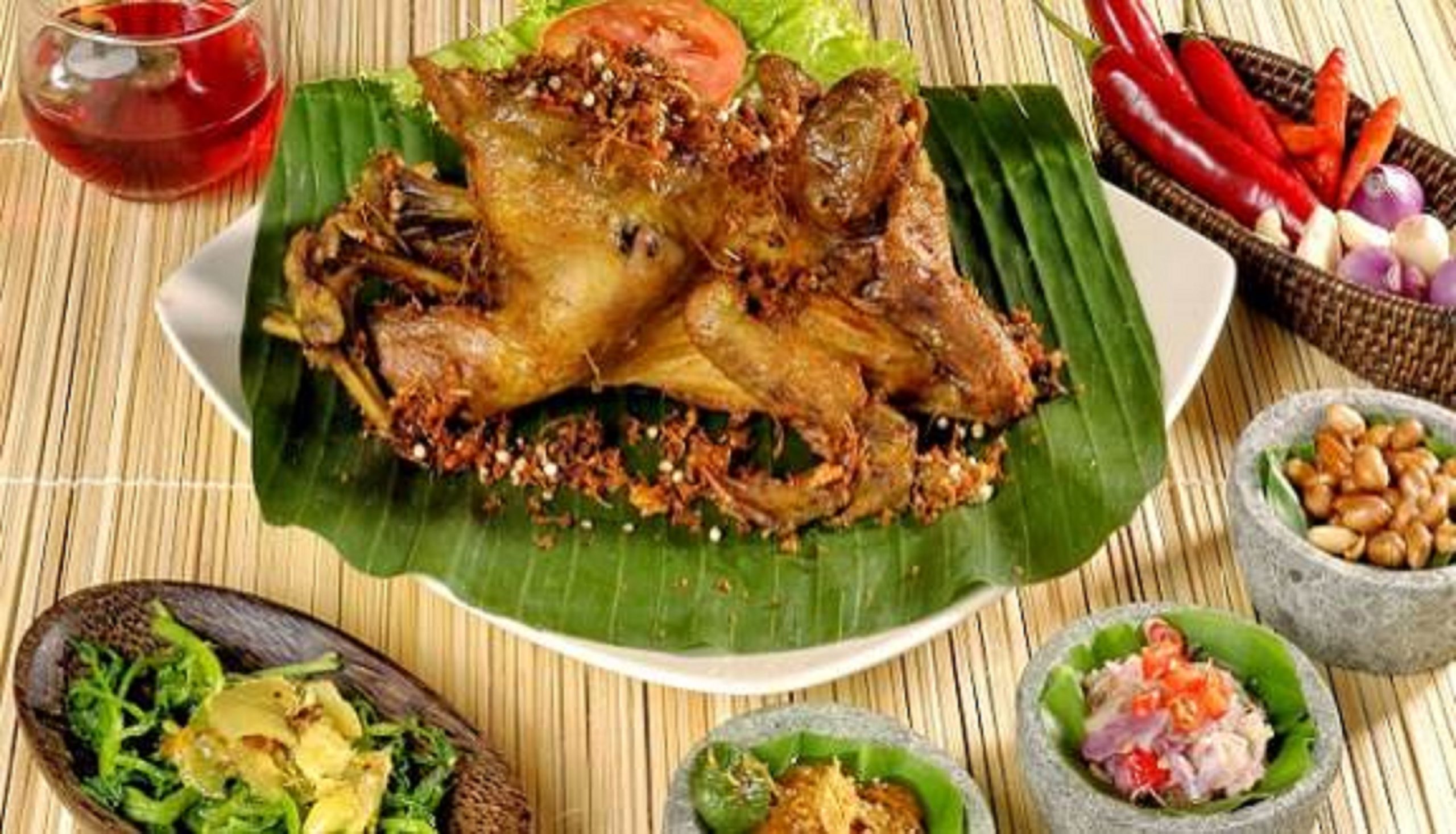
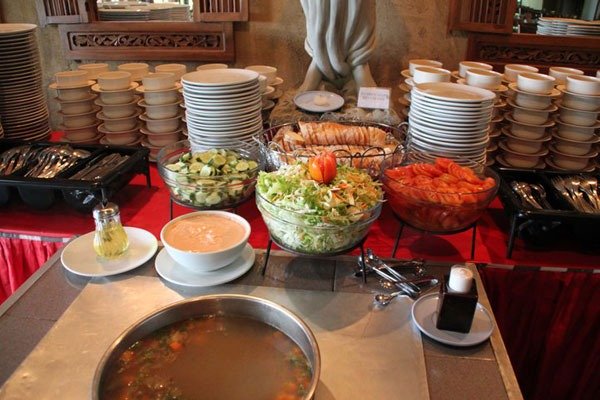




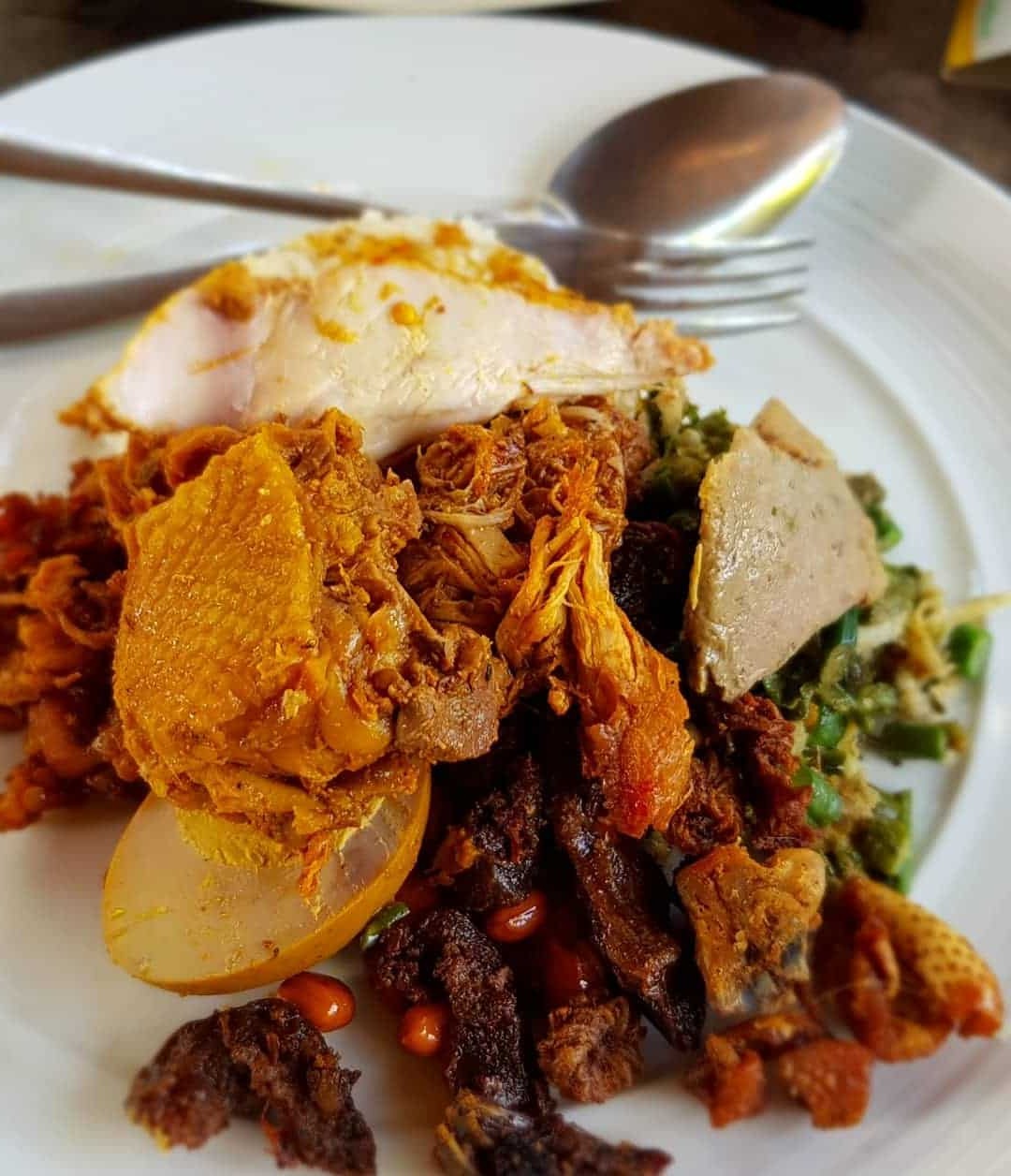










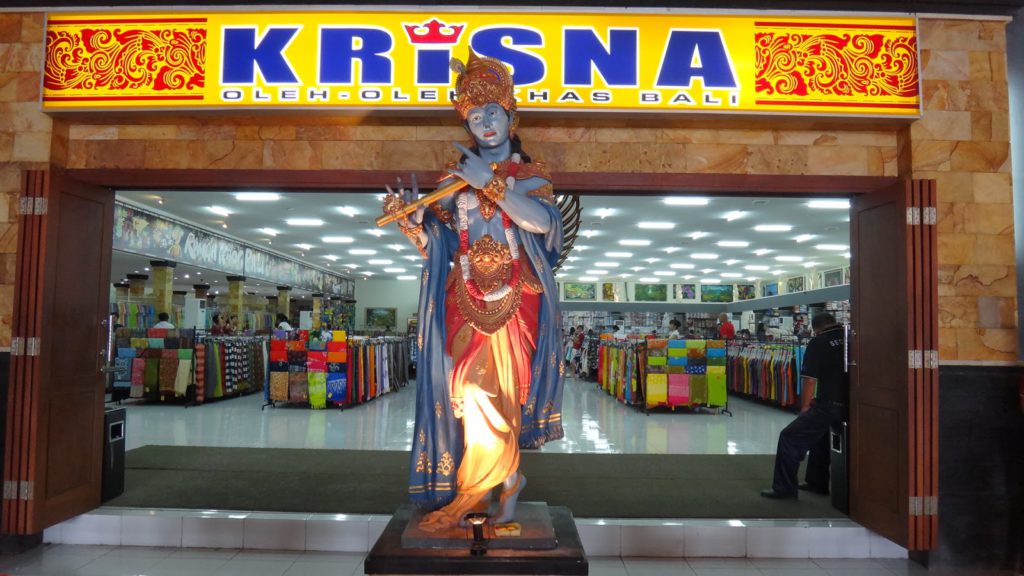





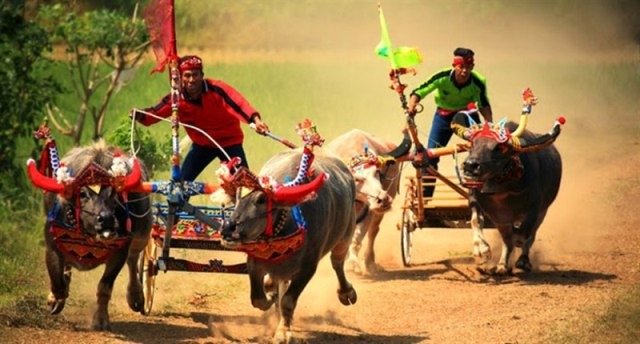
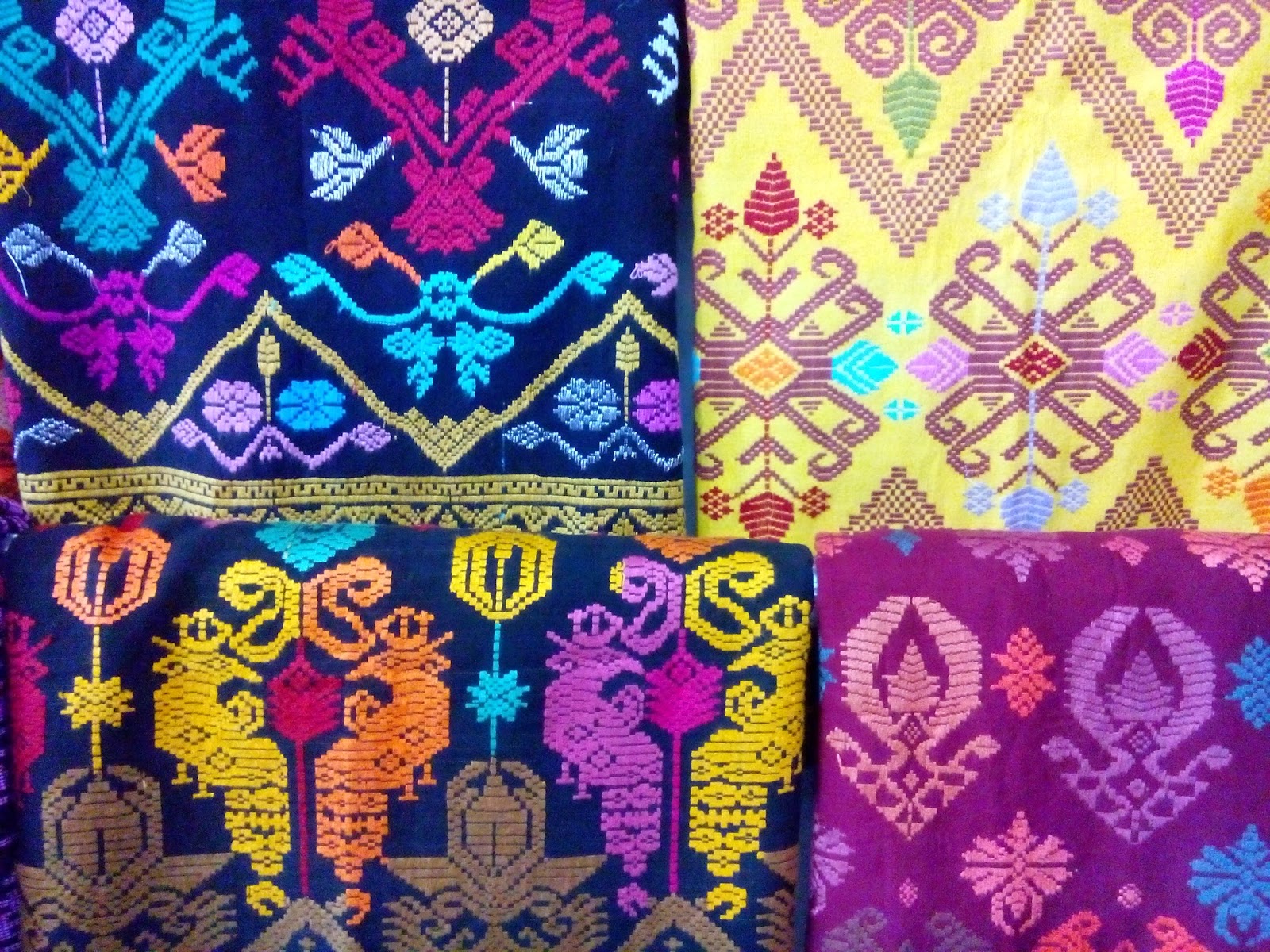

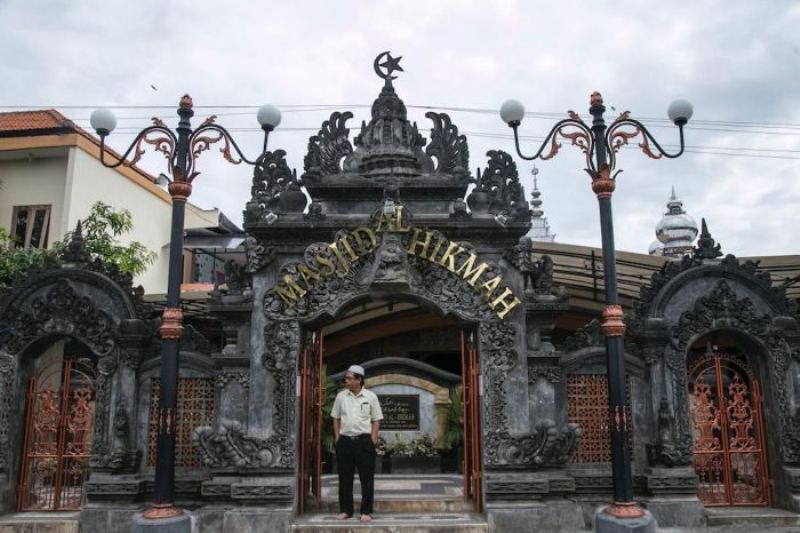













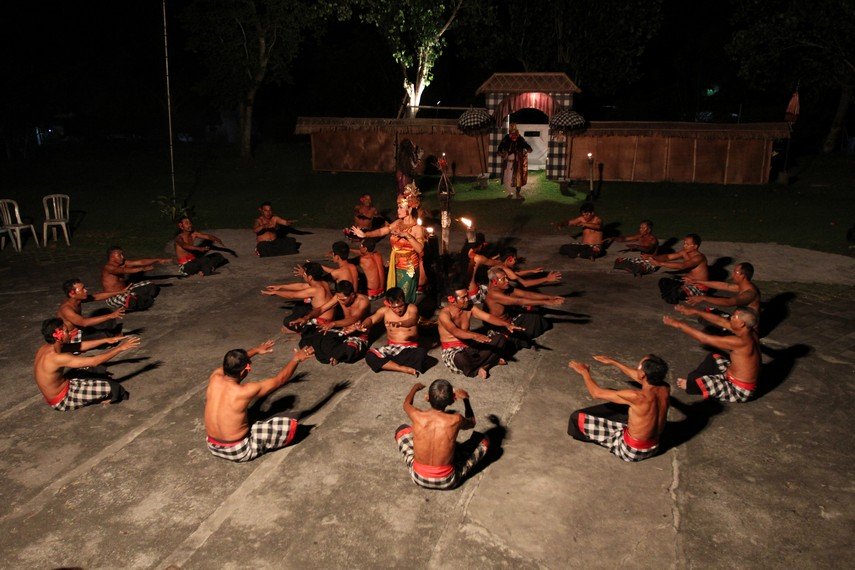


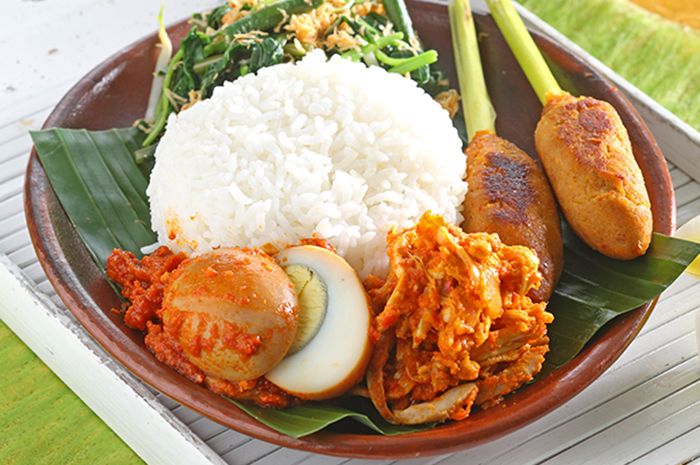





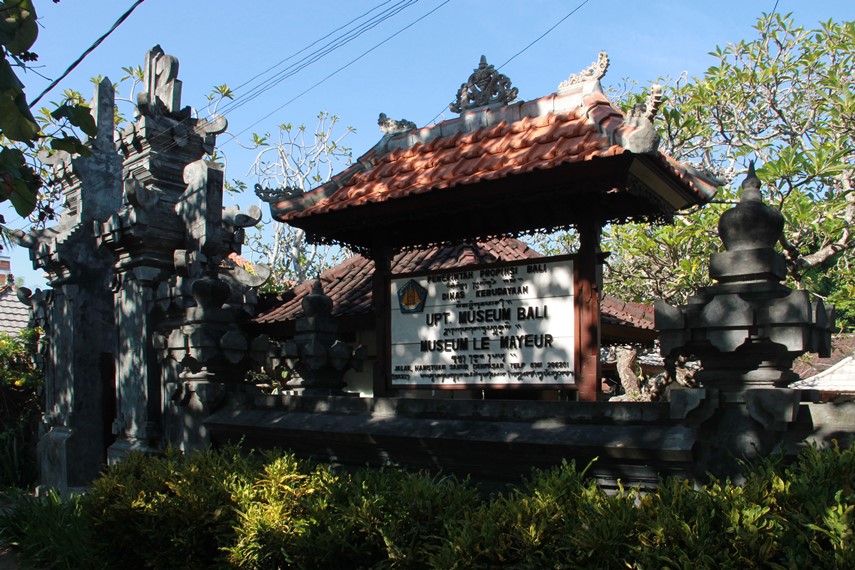

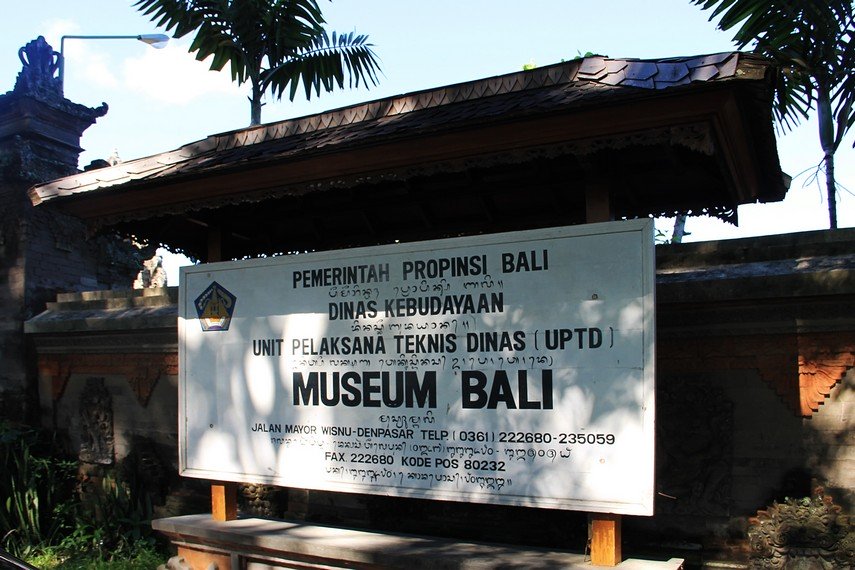
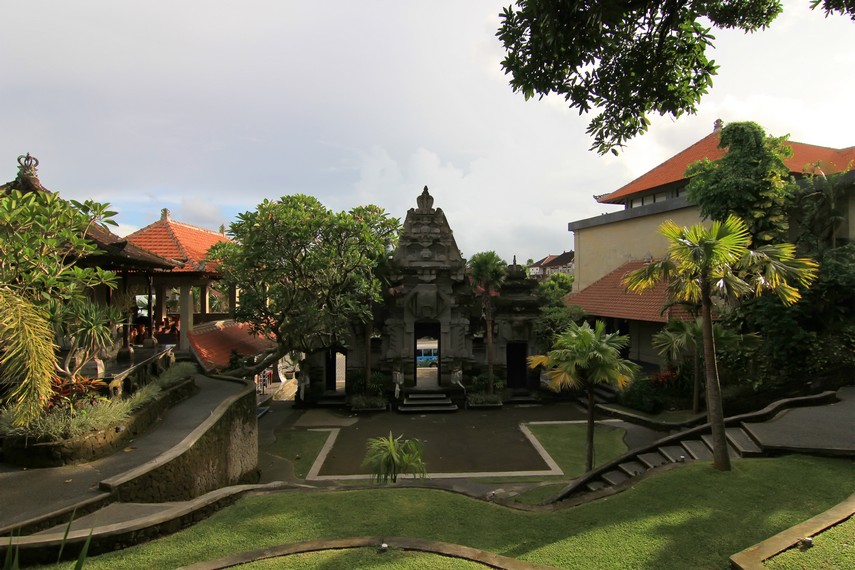
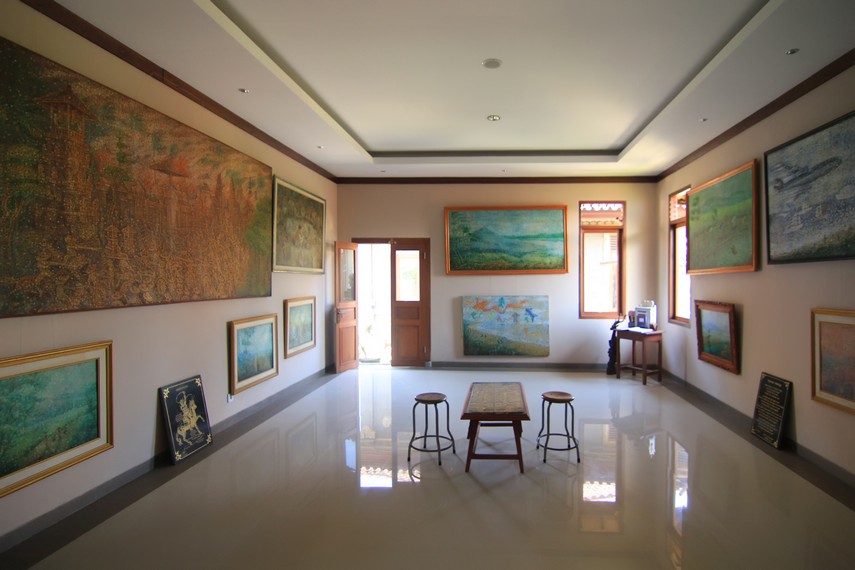







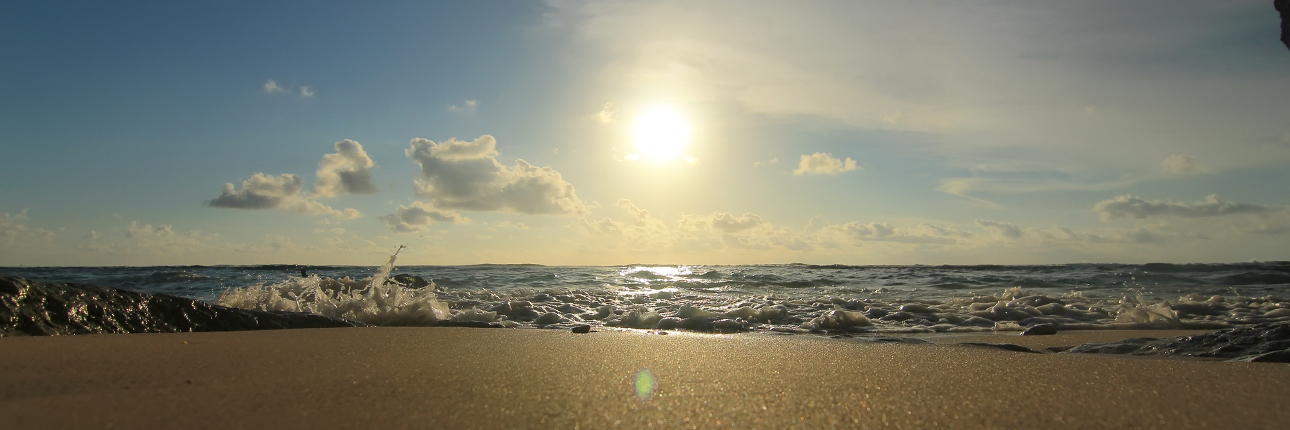
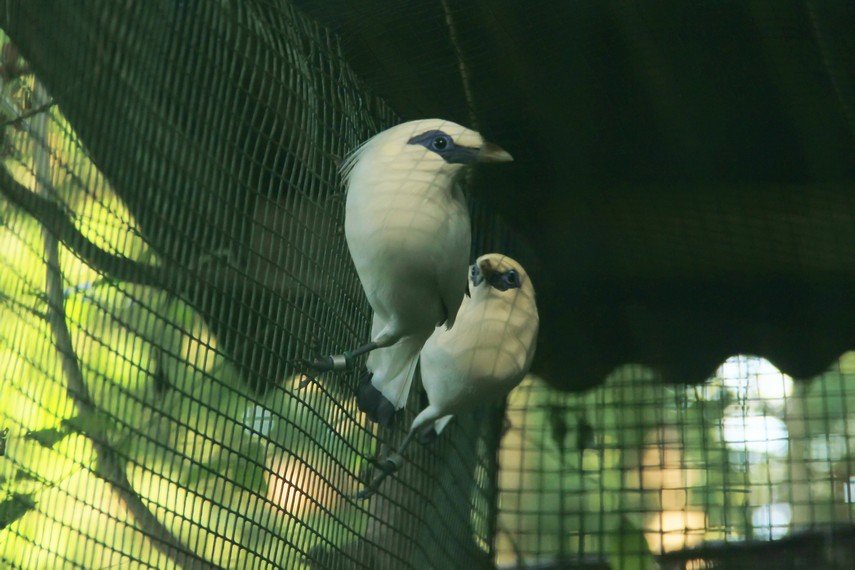
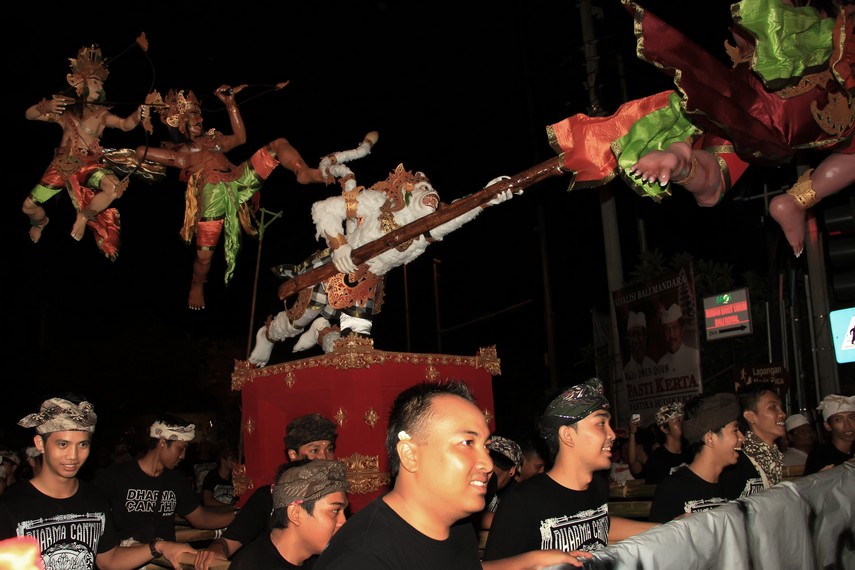





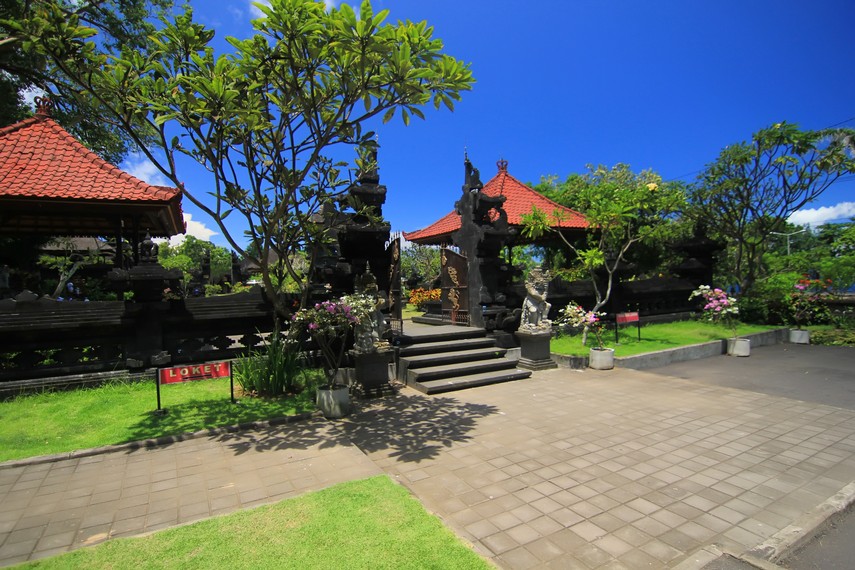





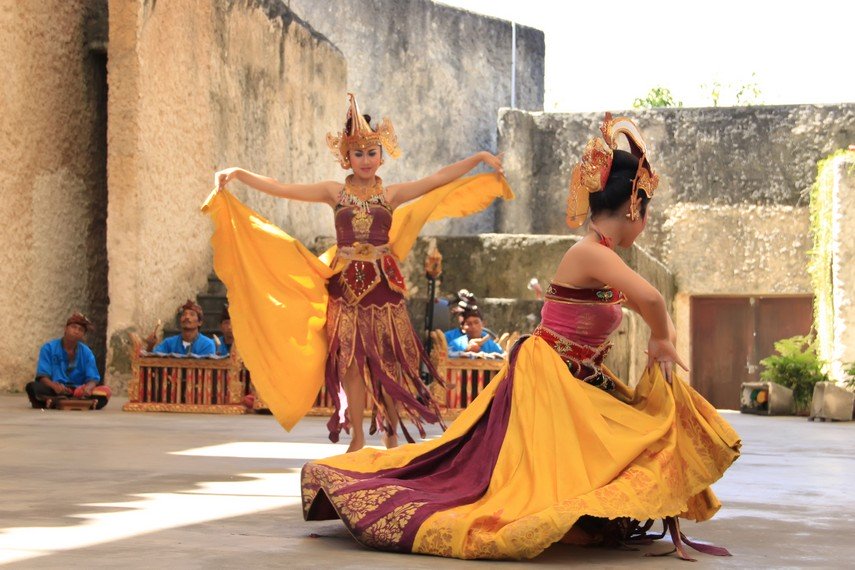
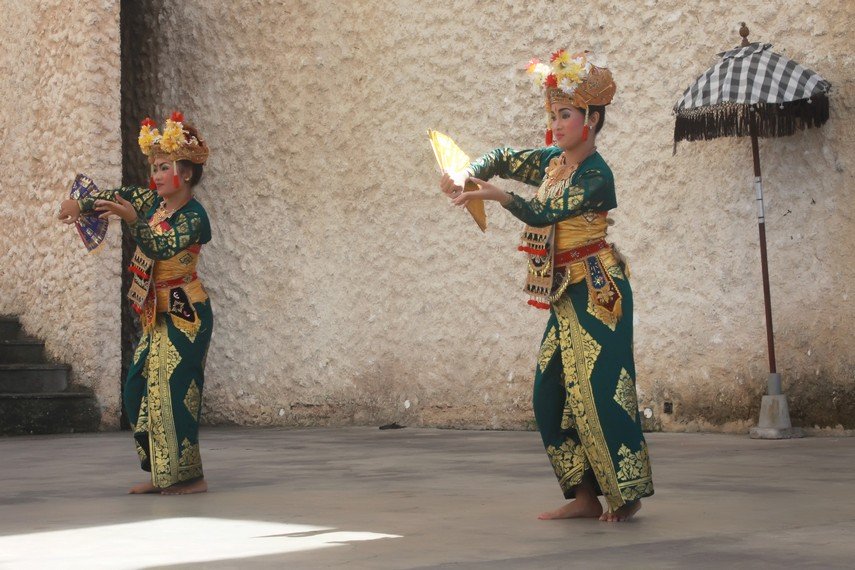



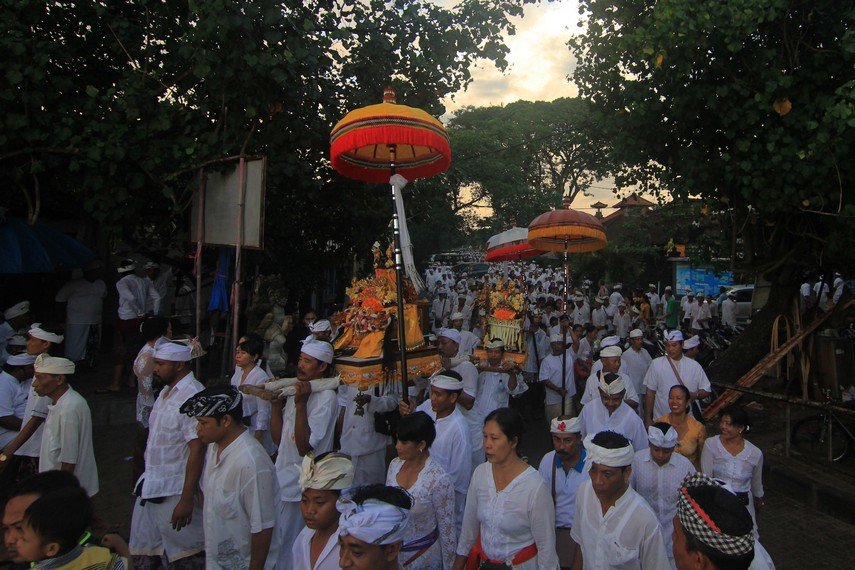

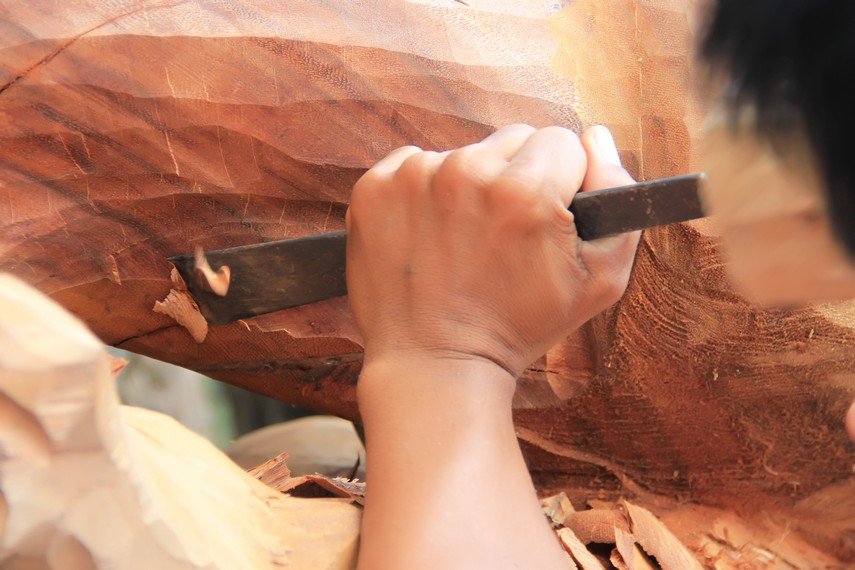


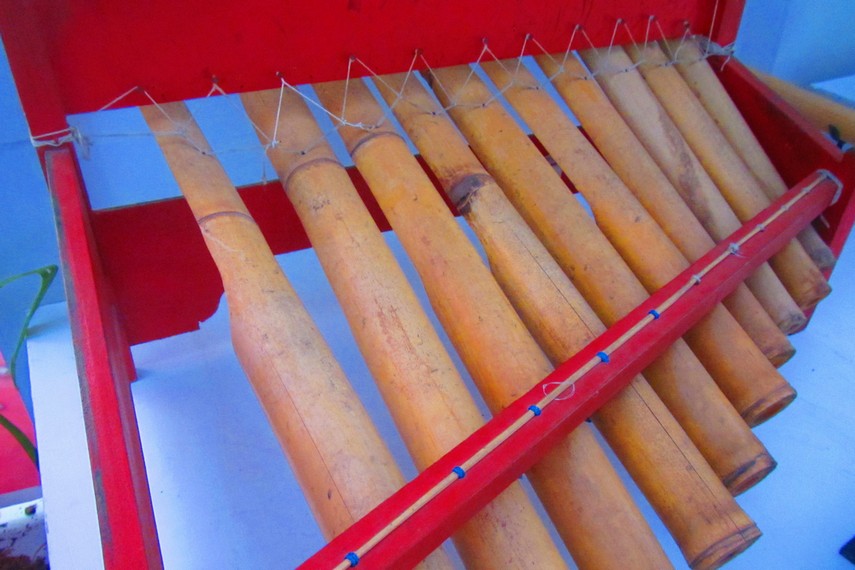



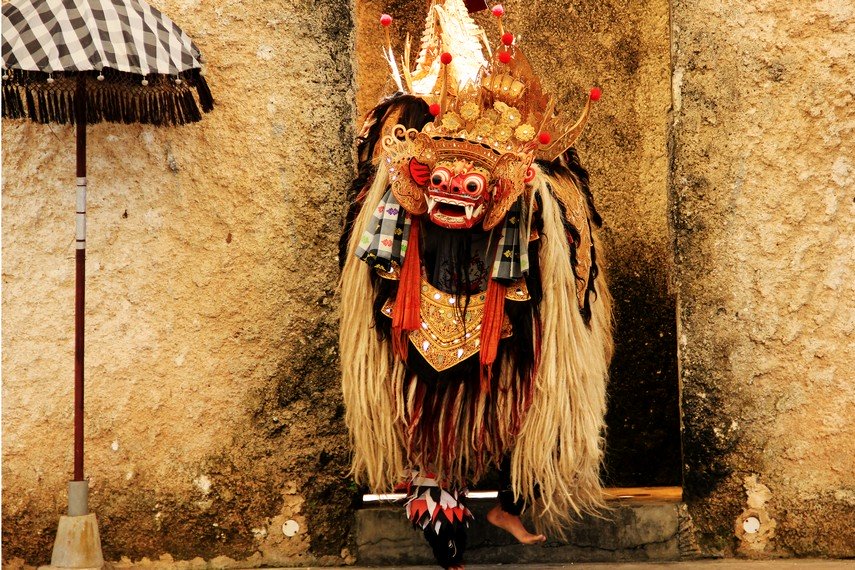

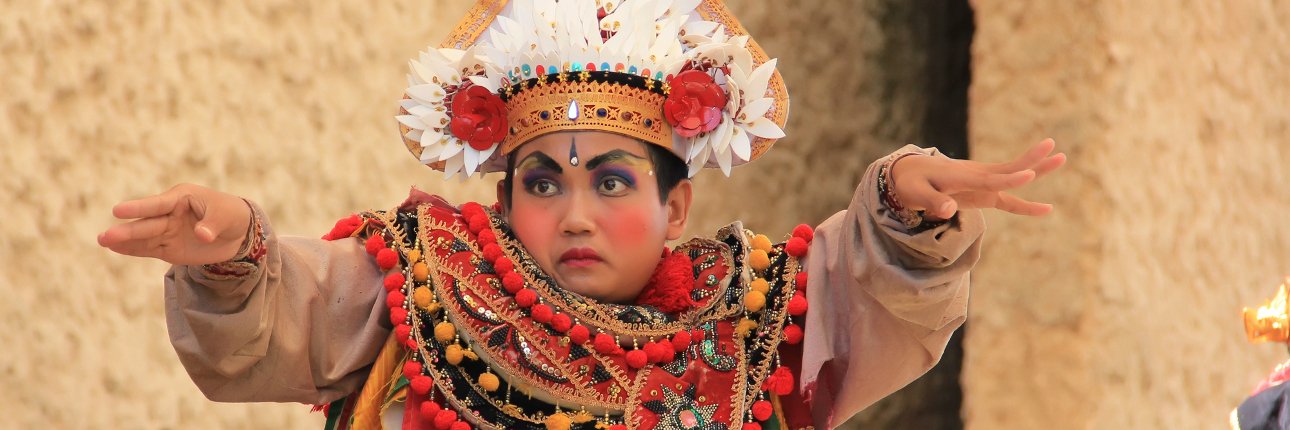
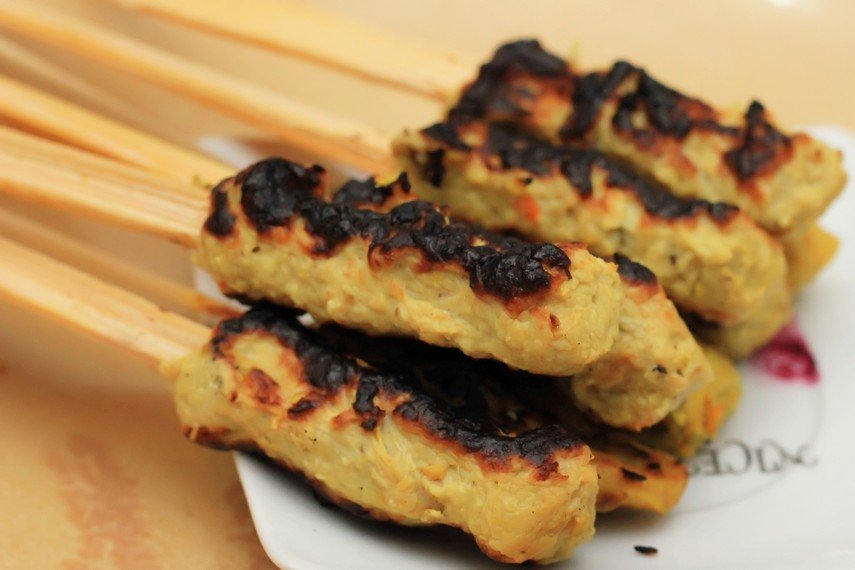

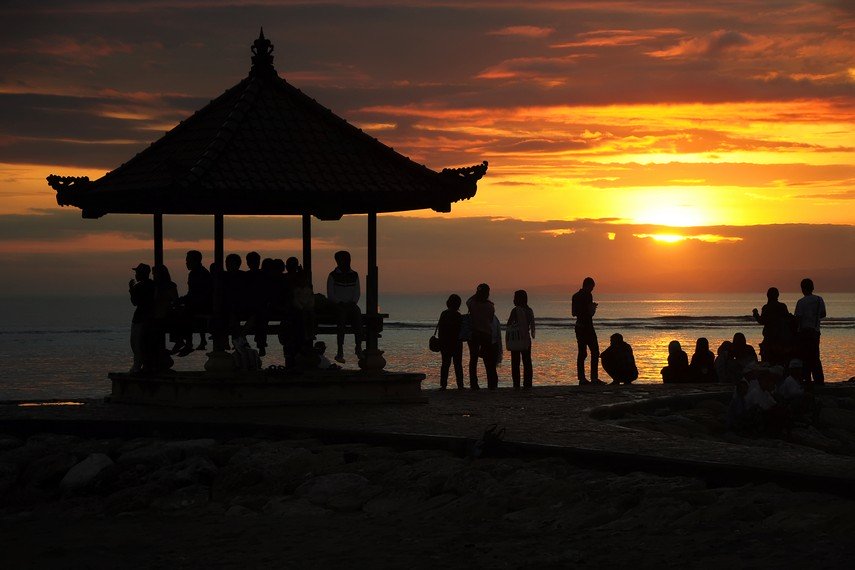
0